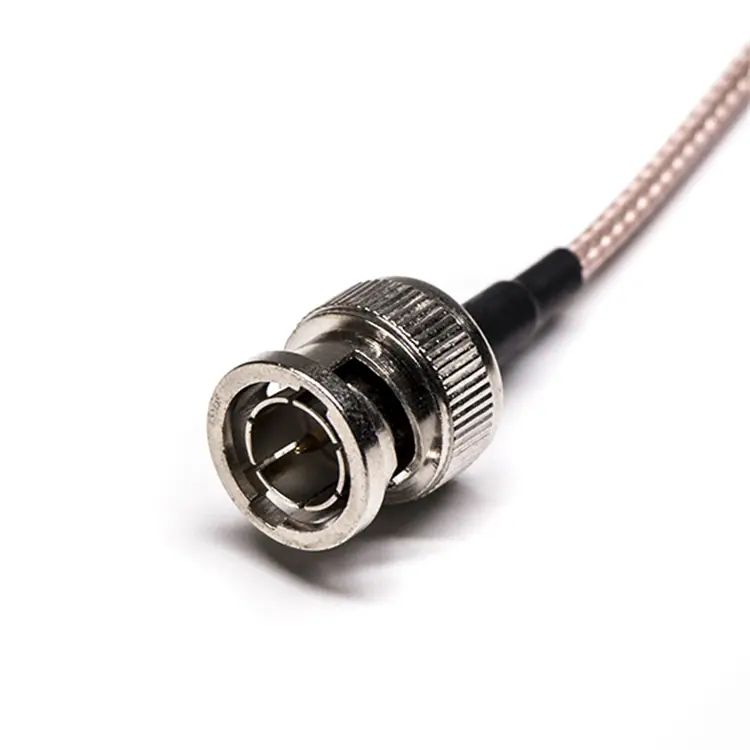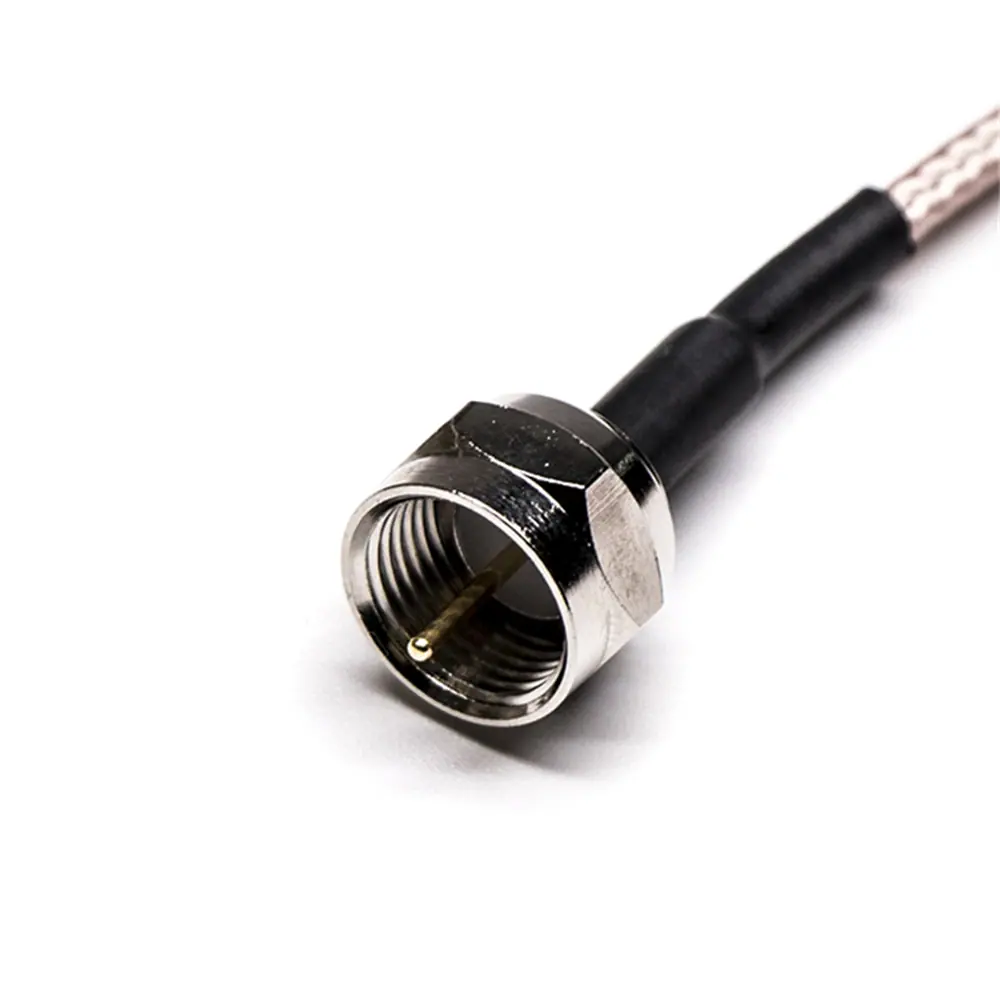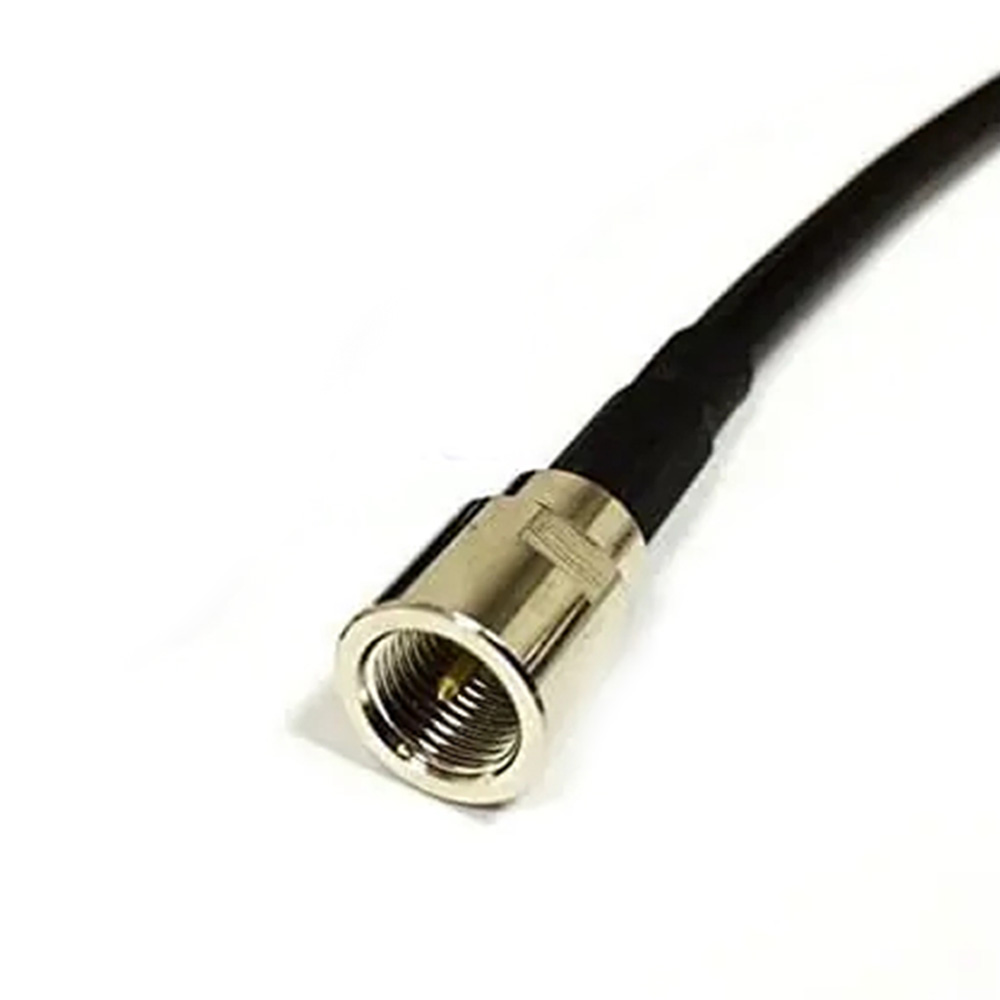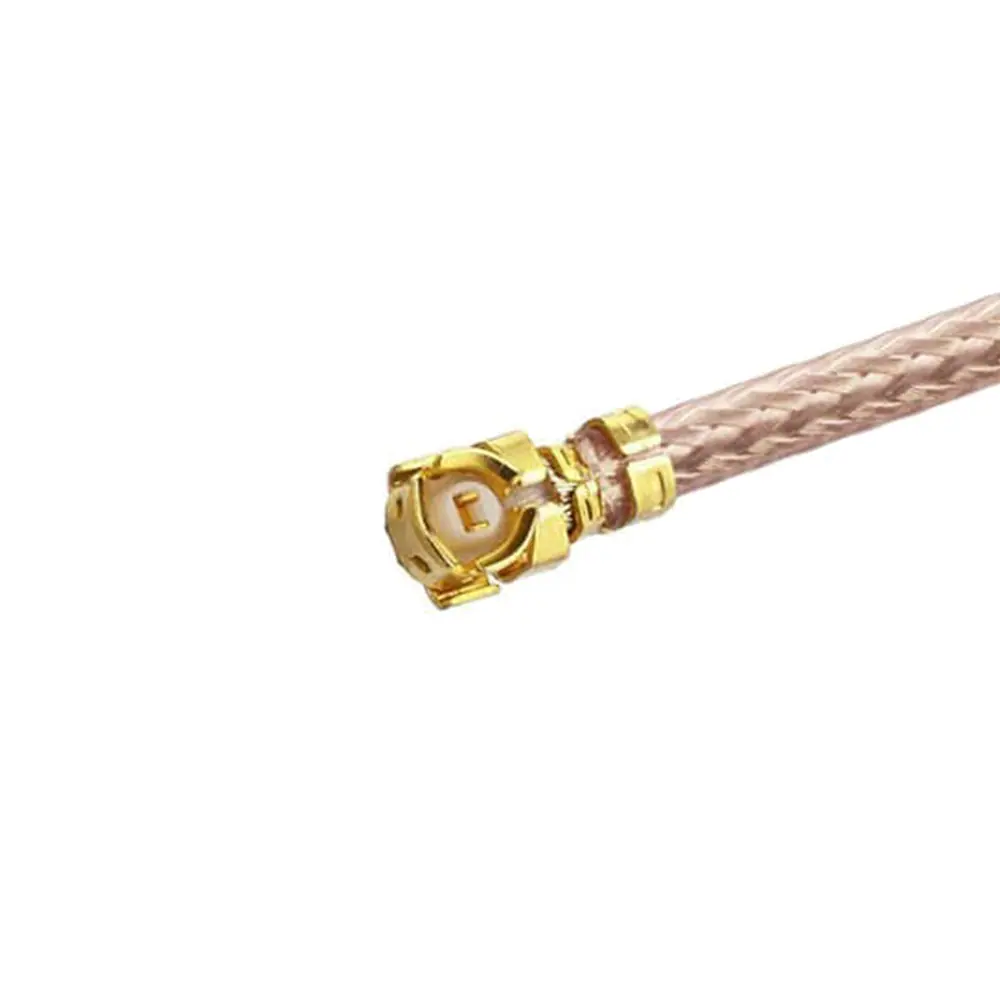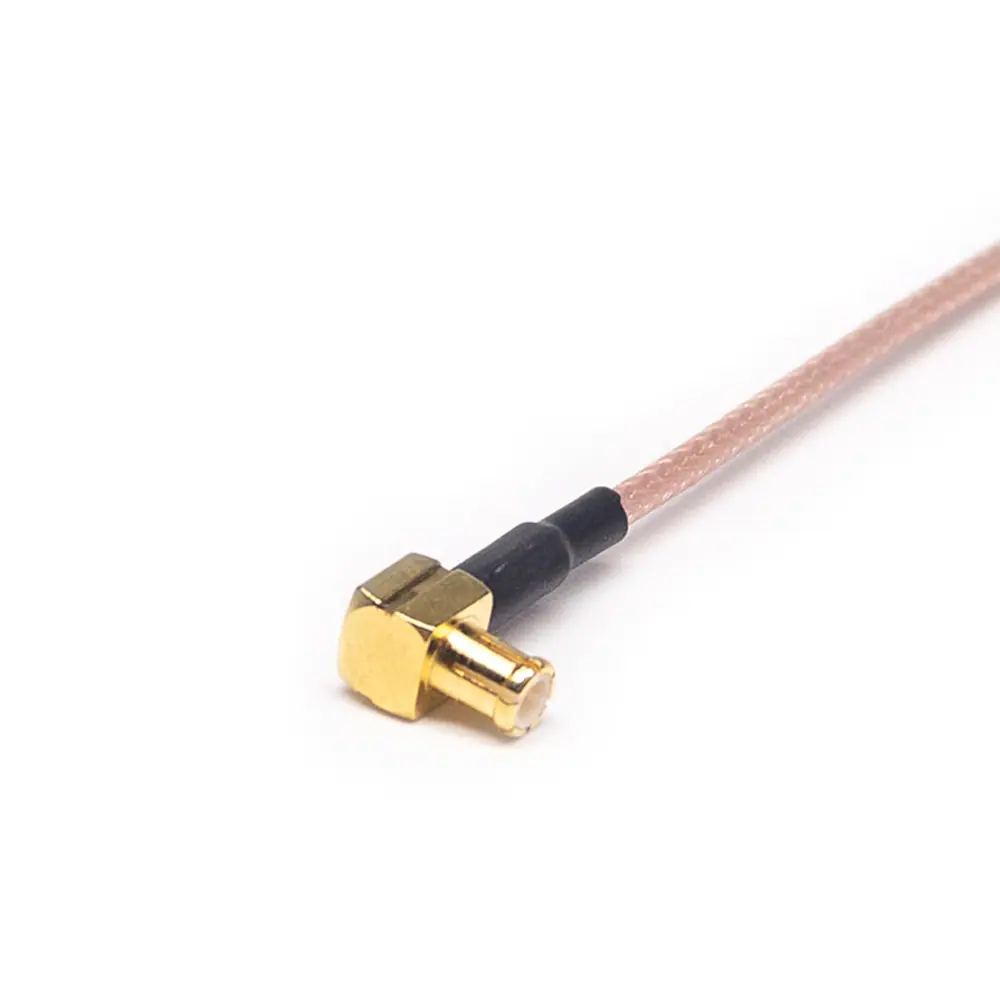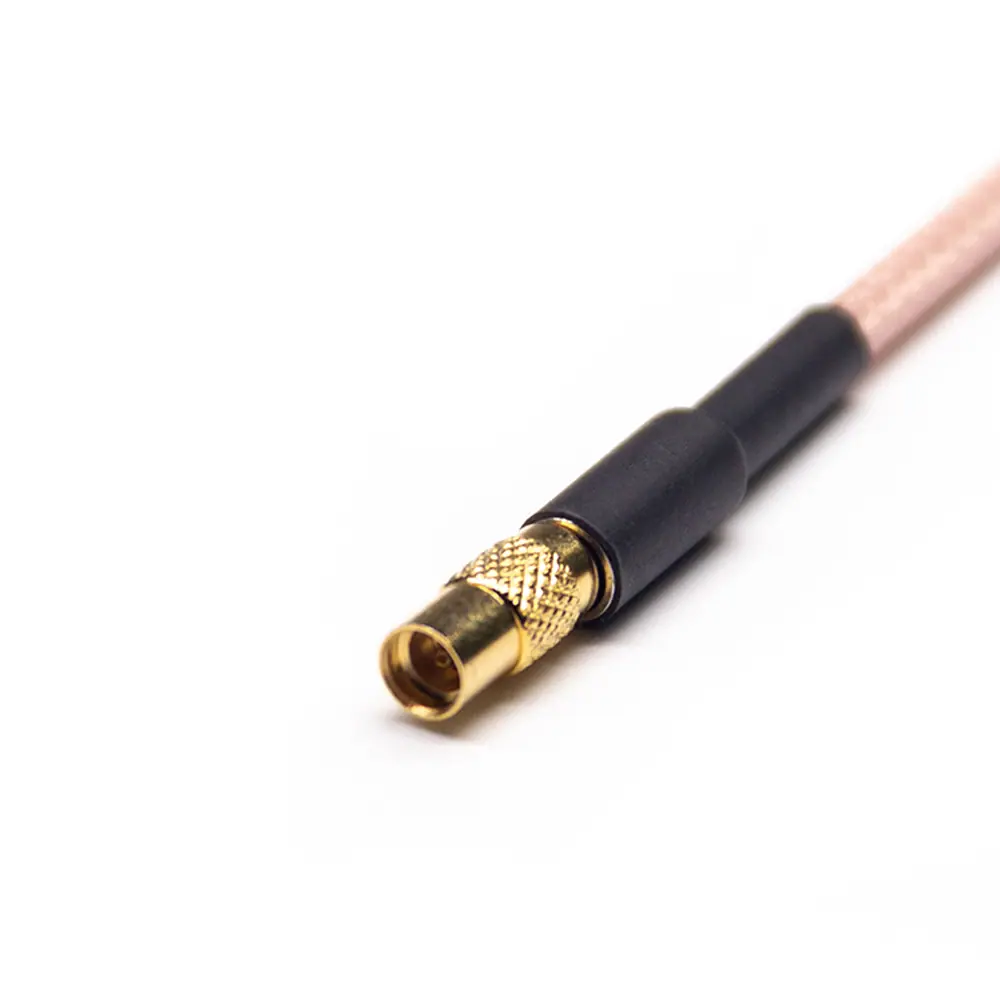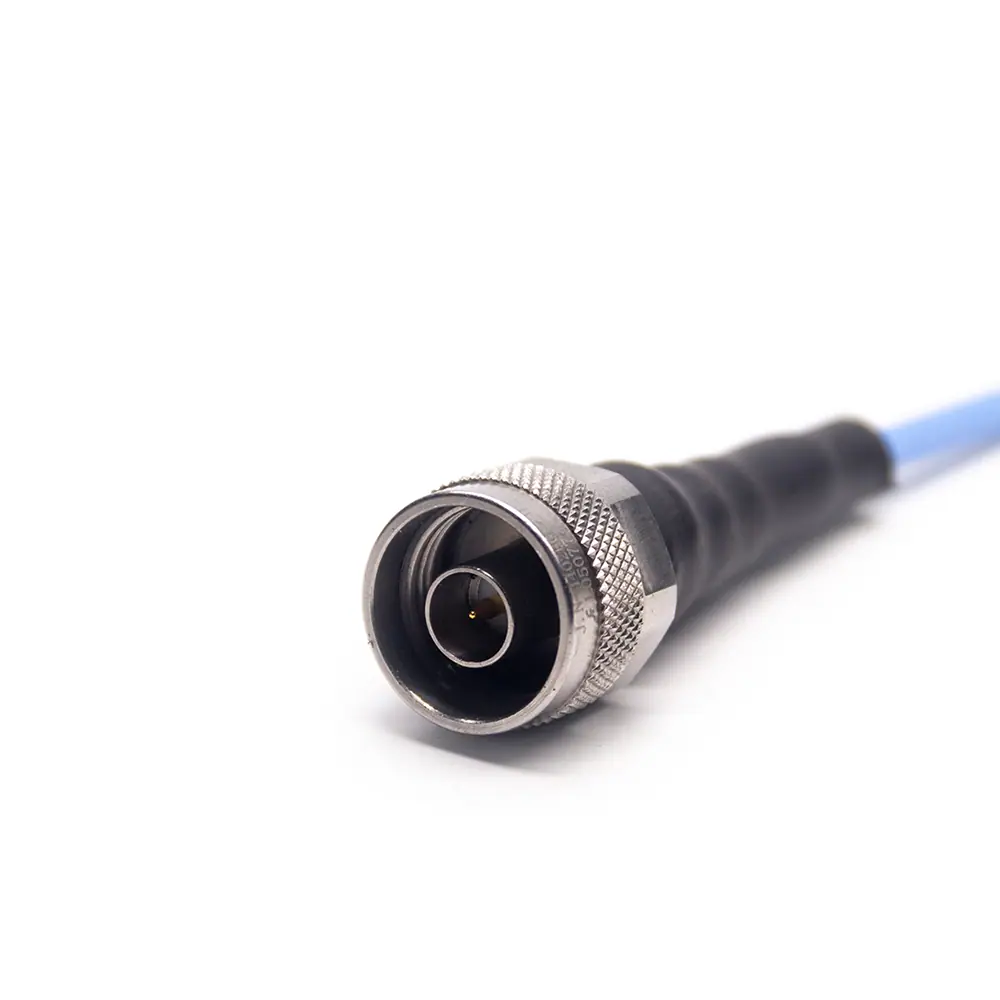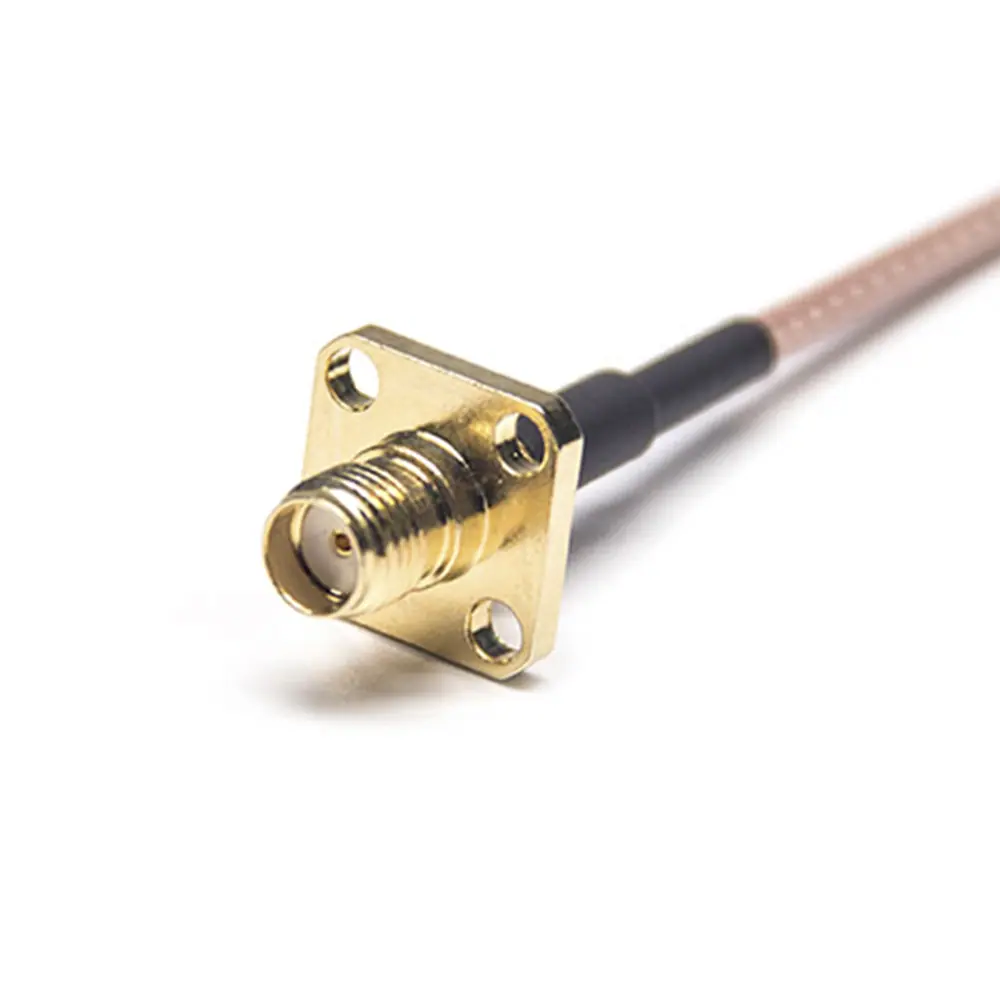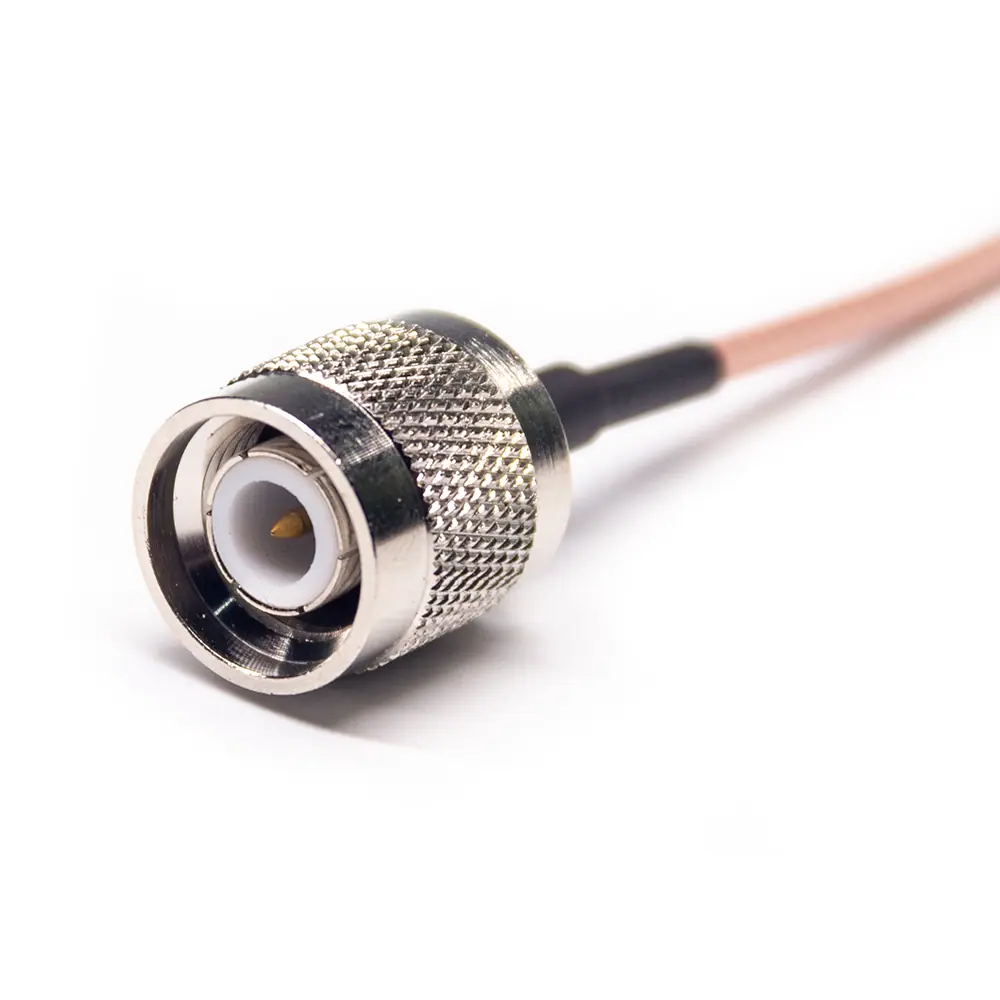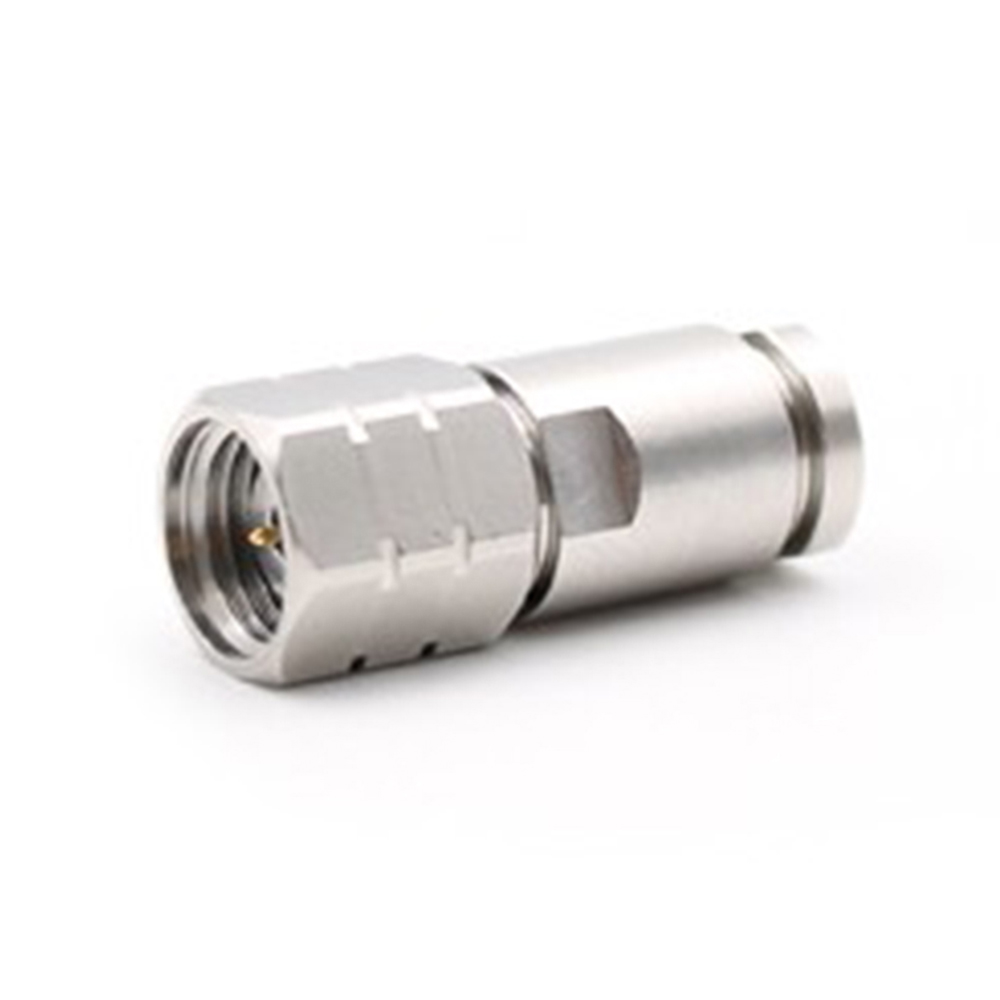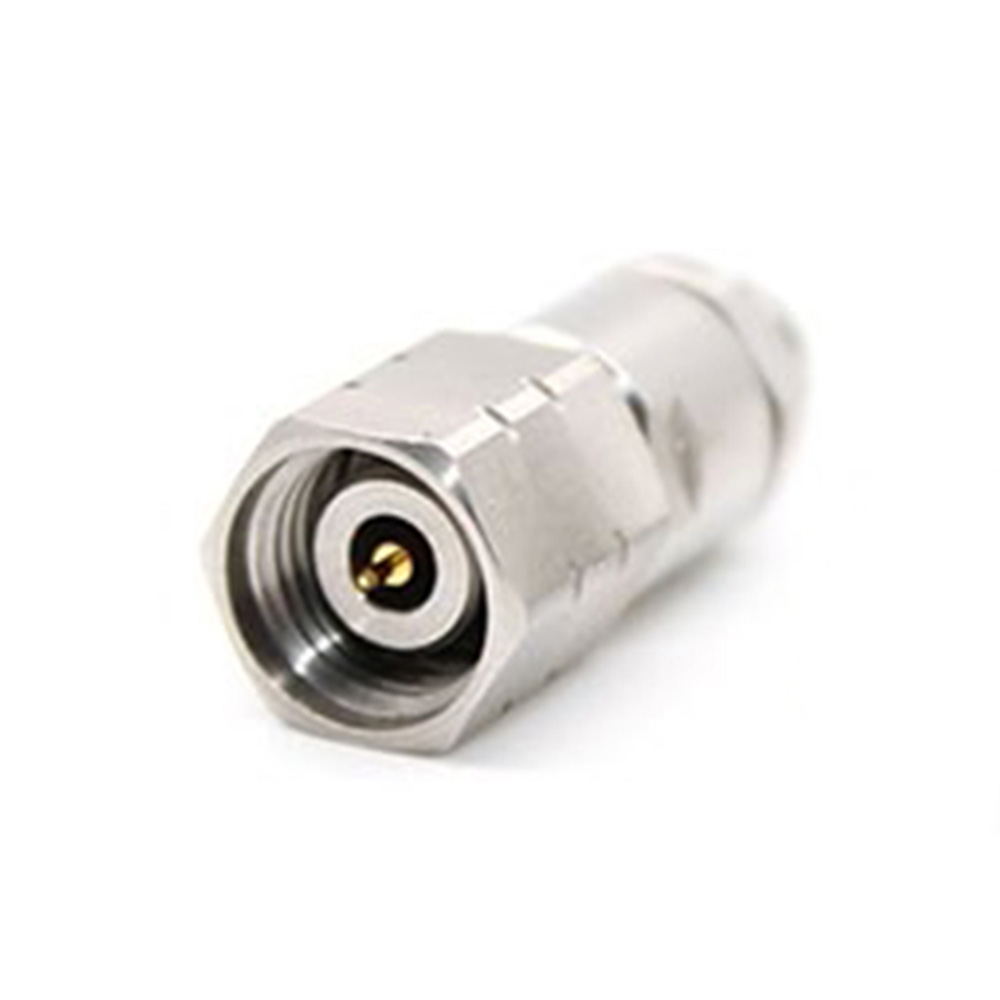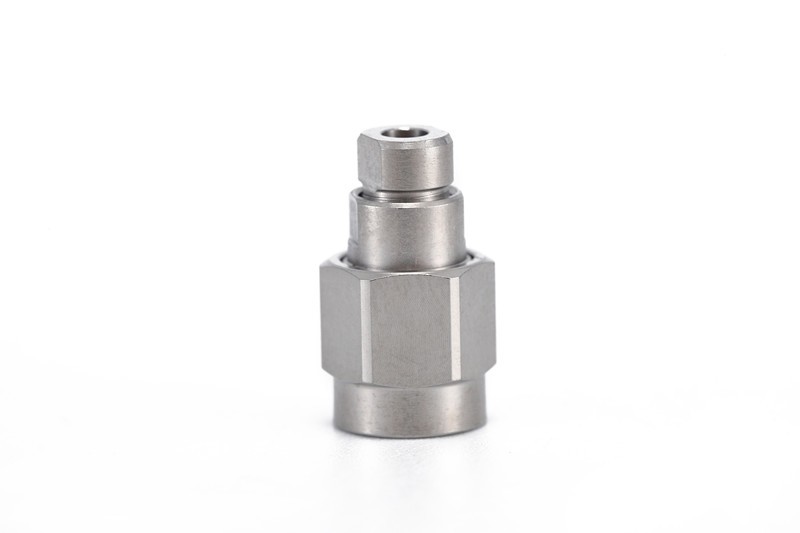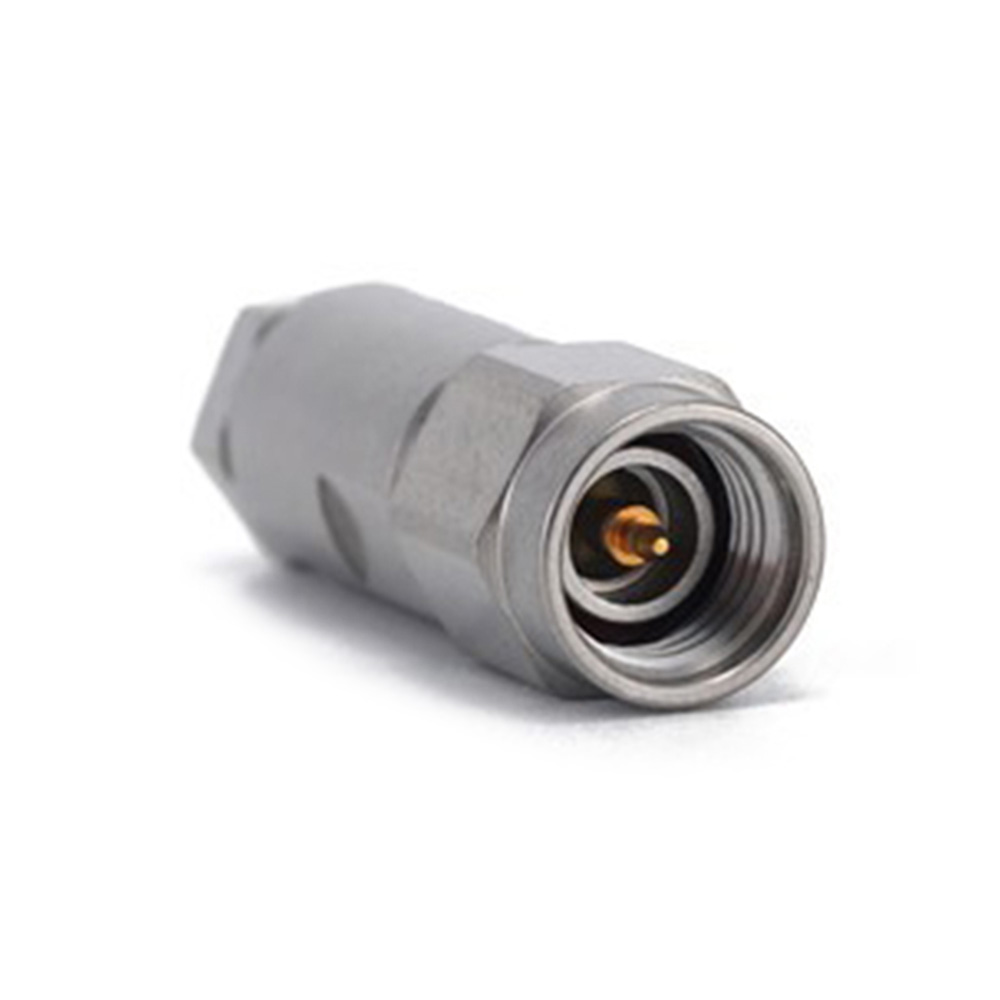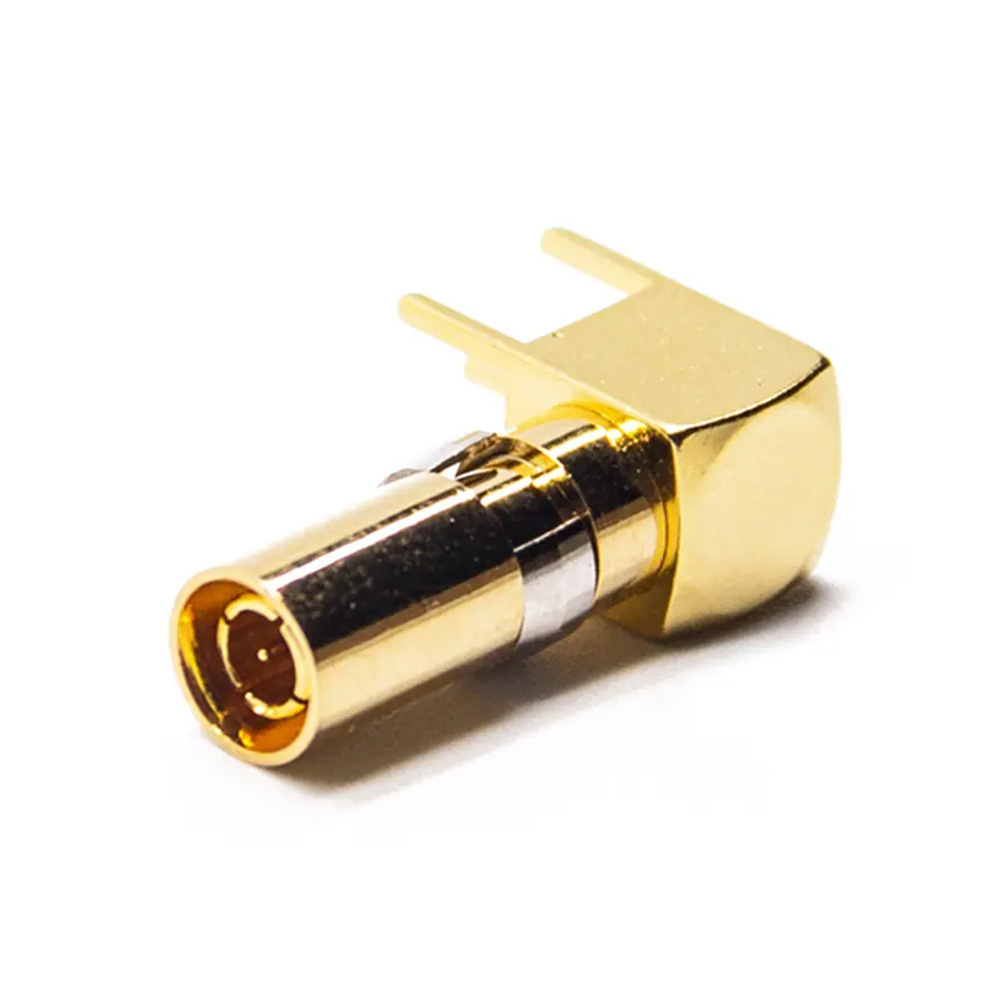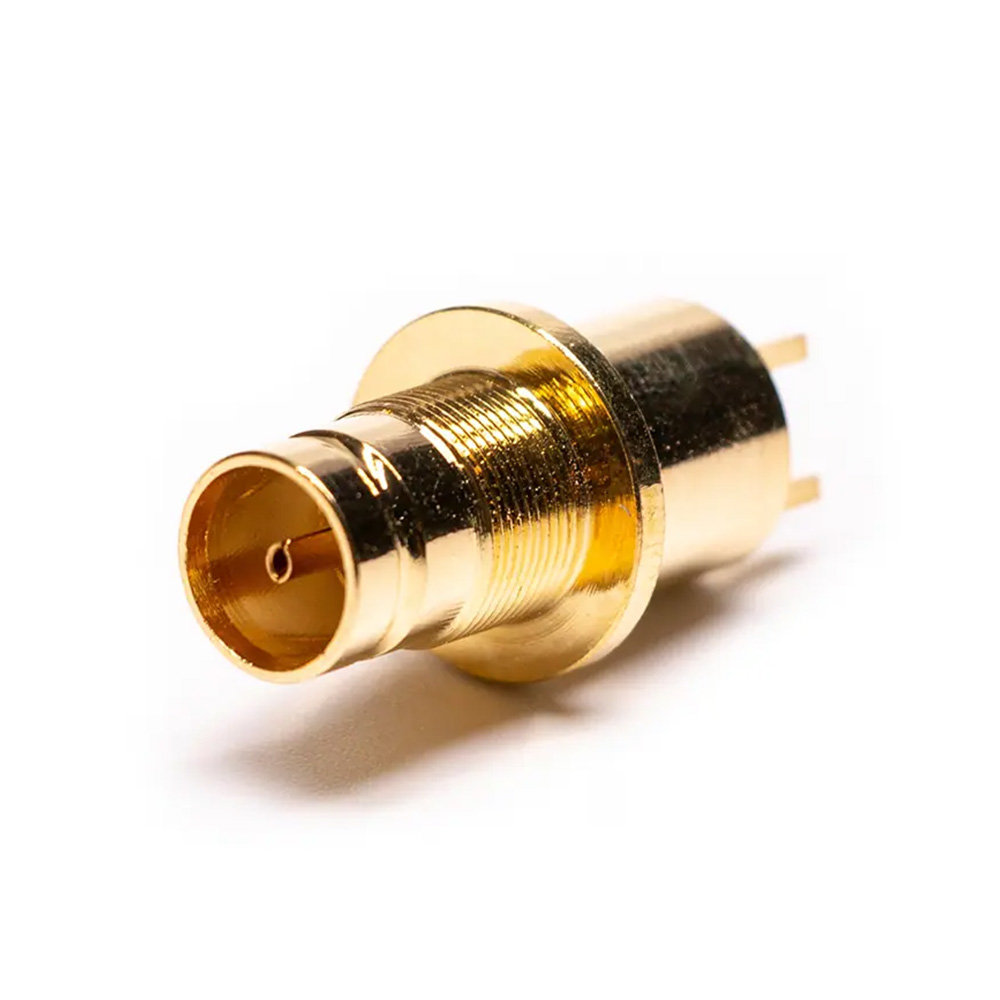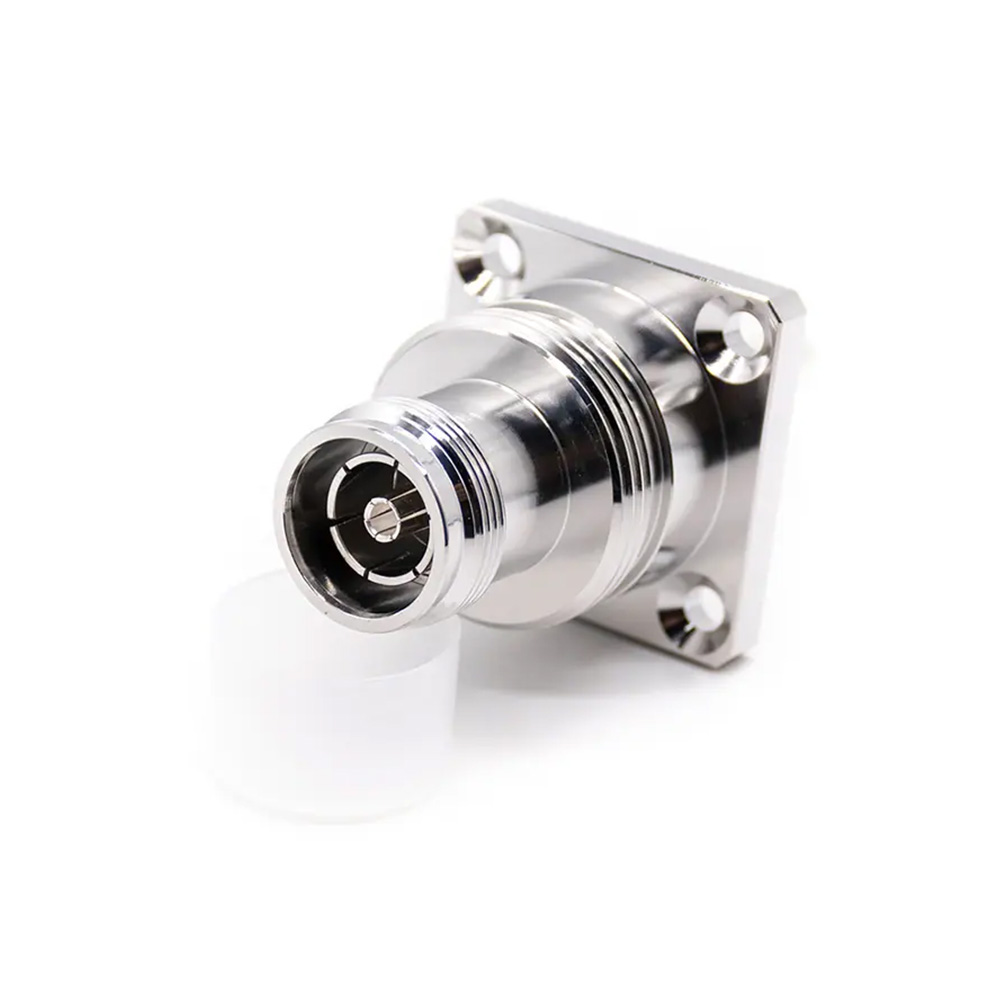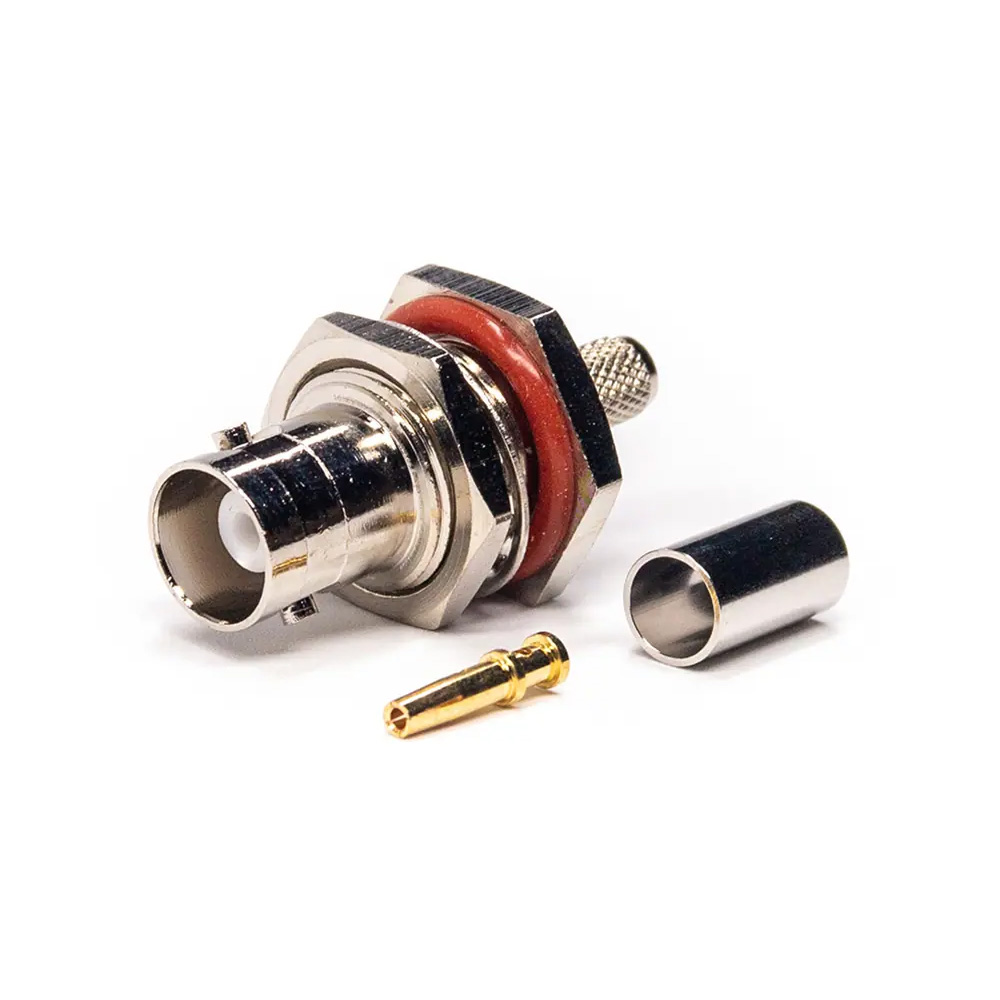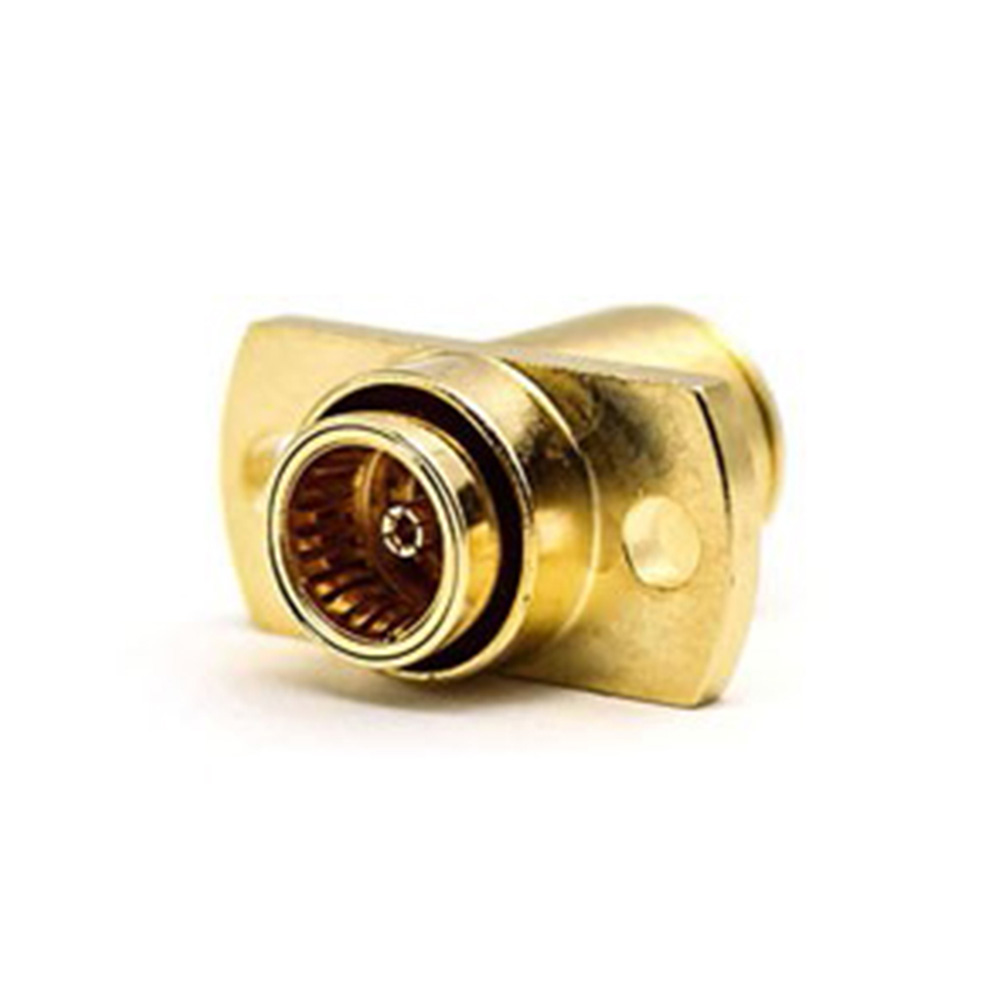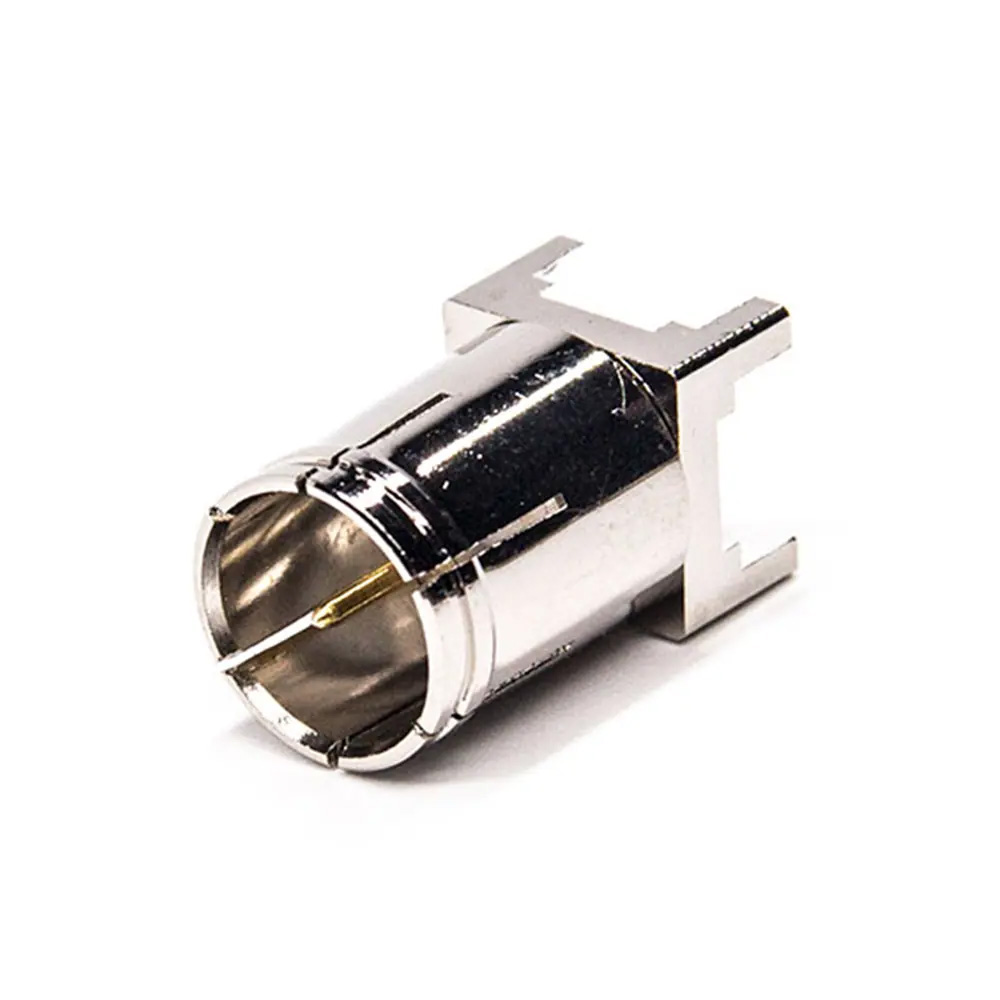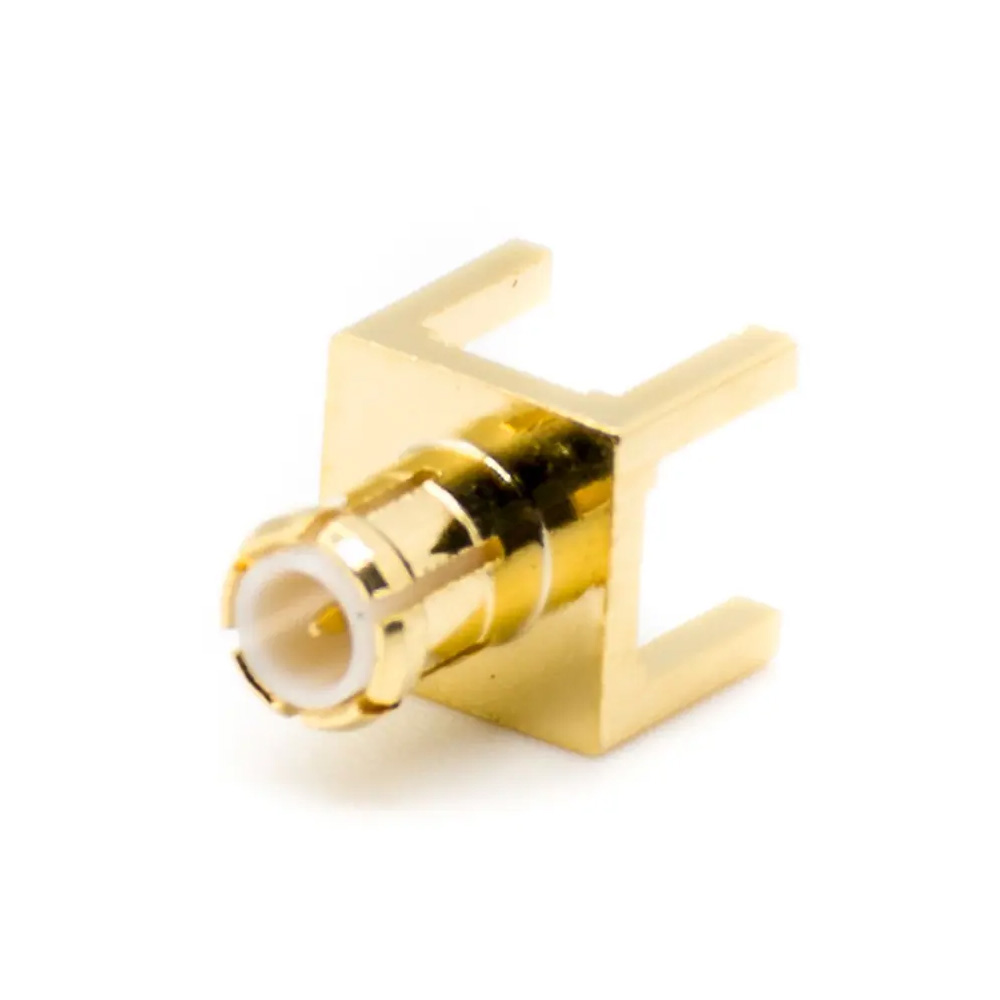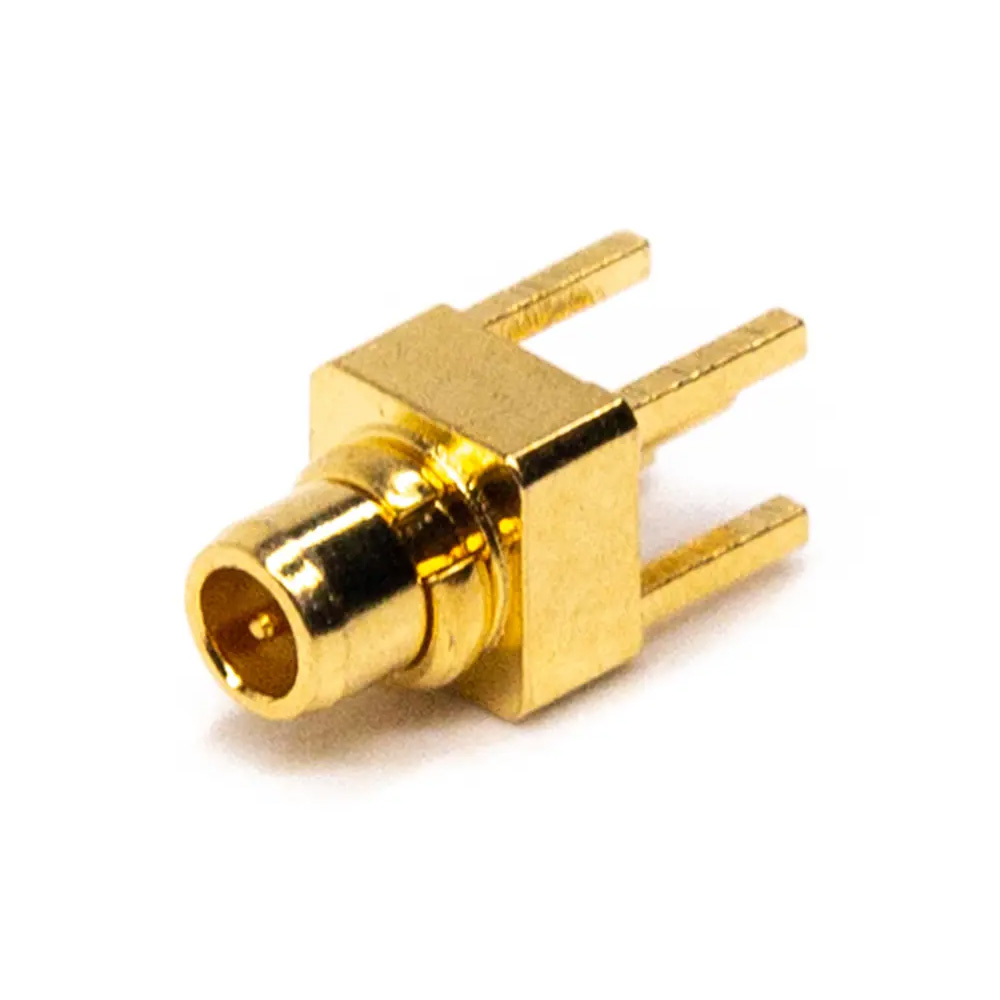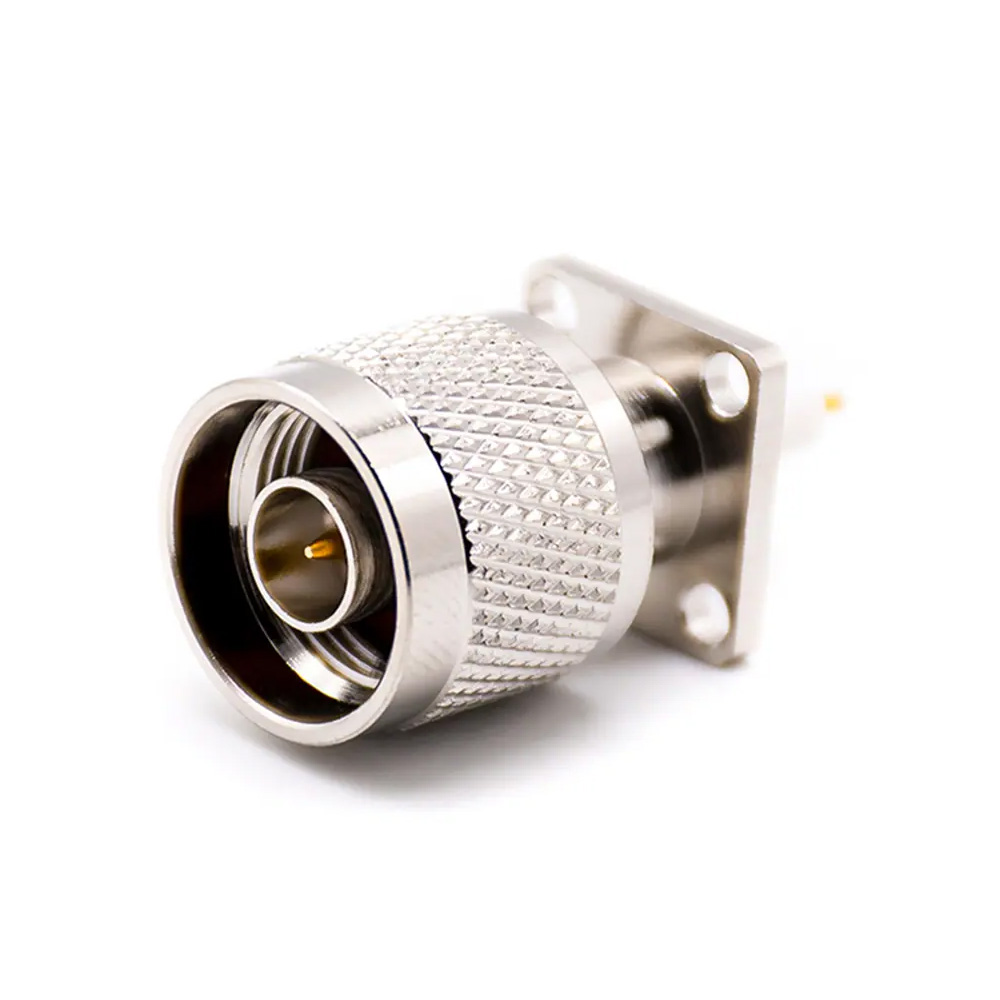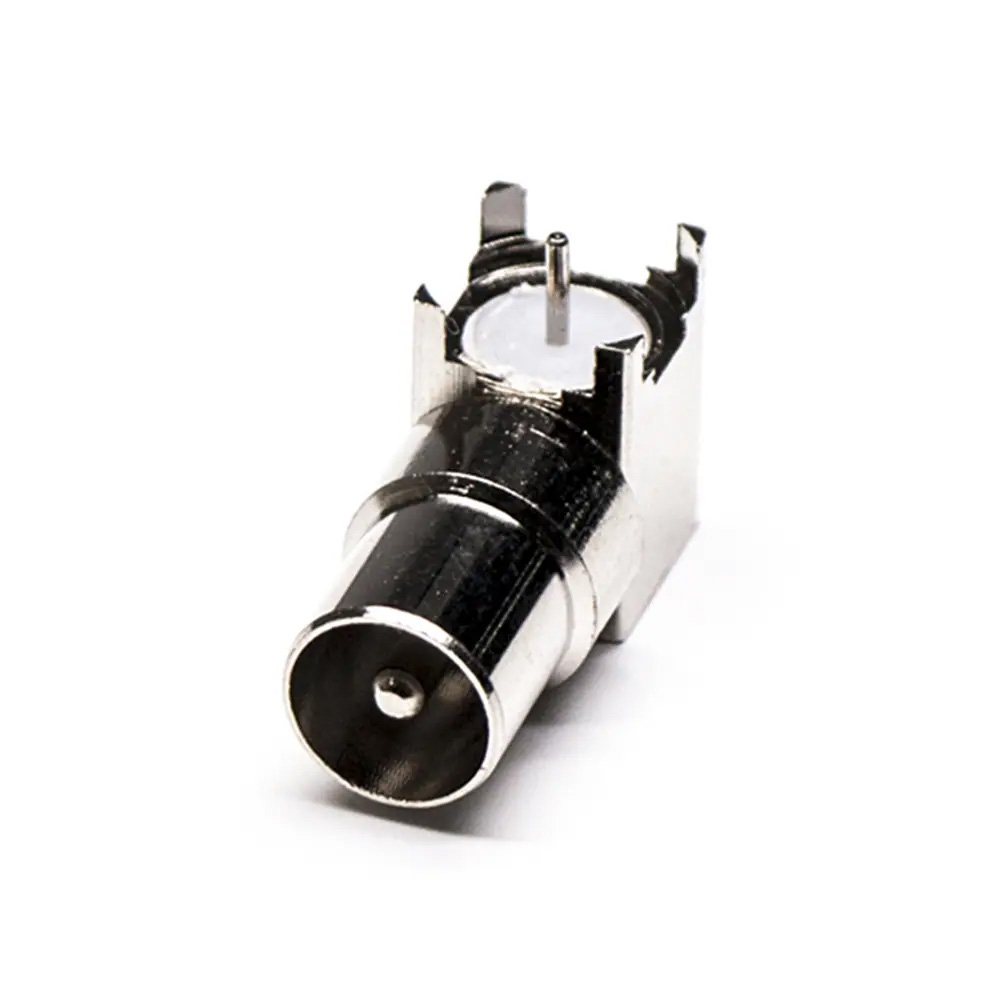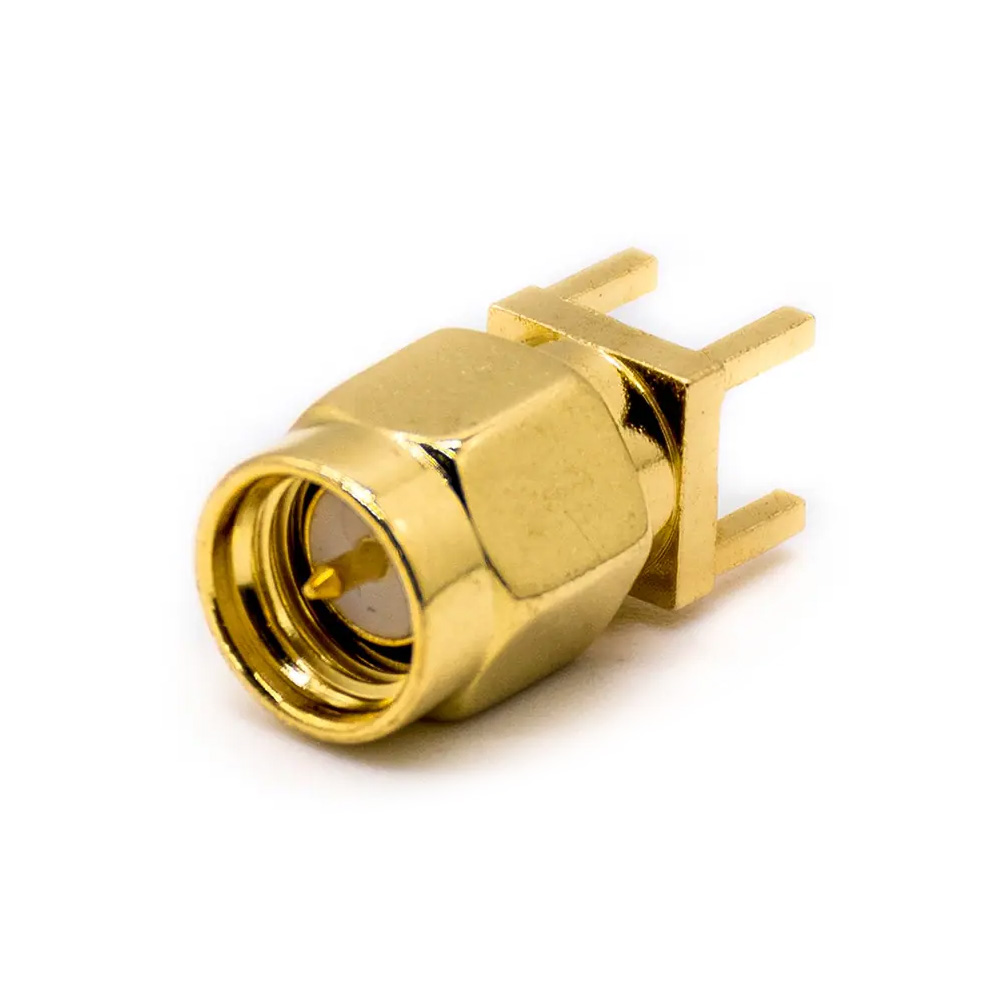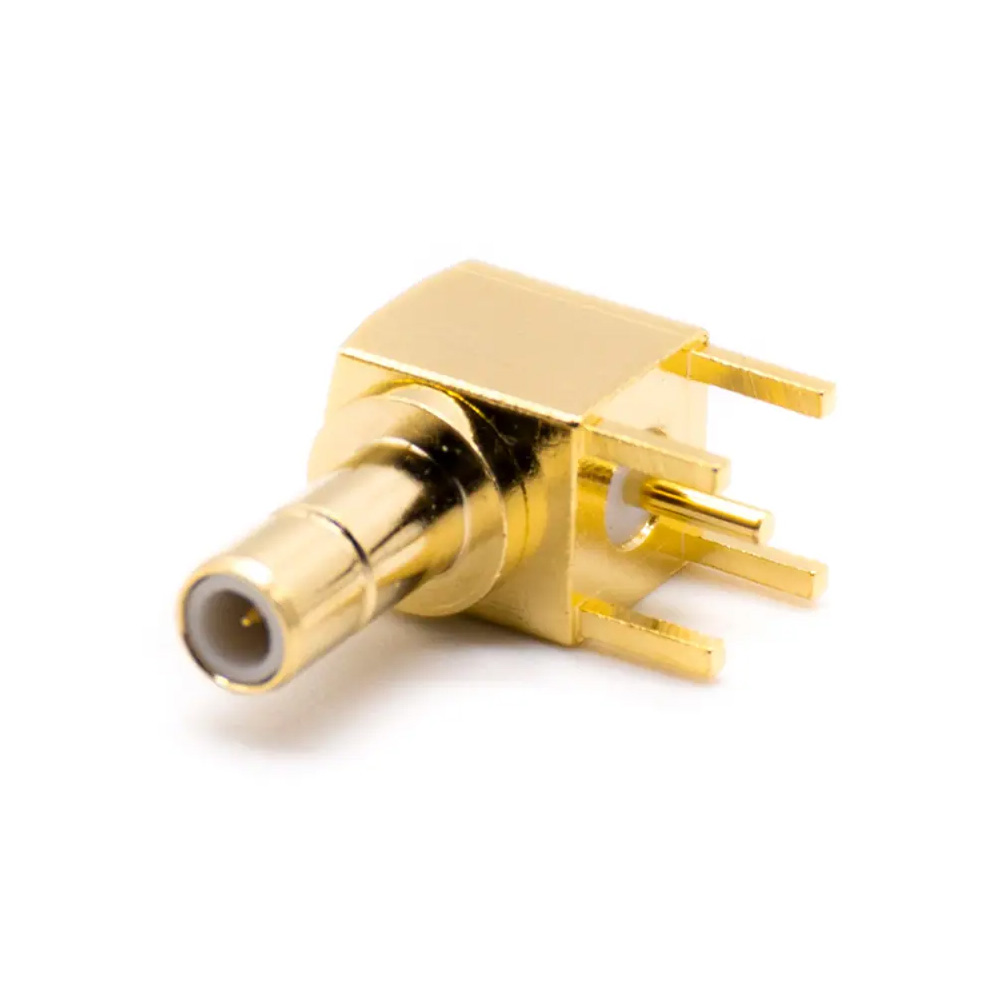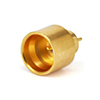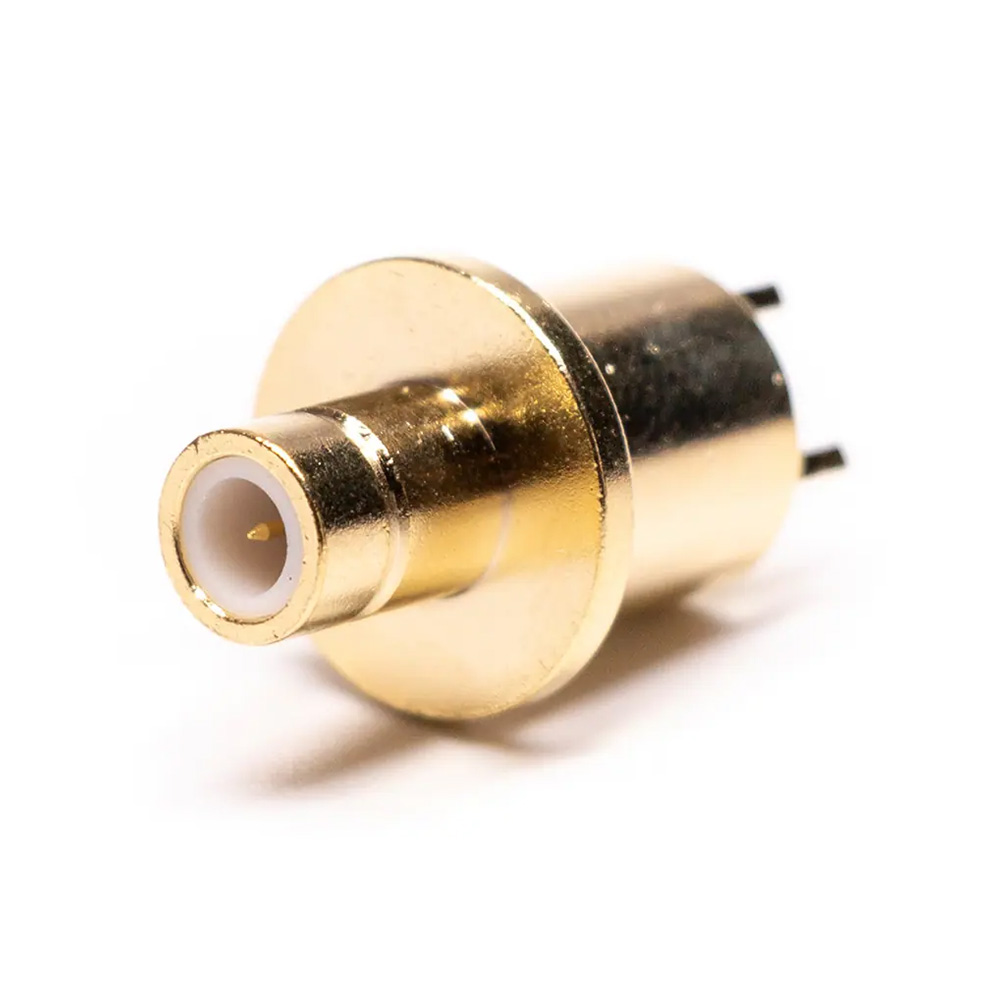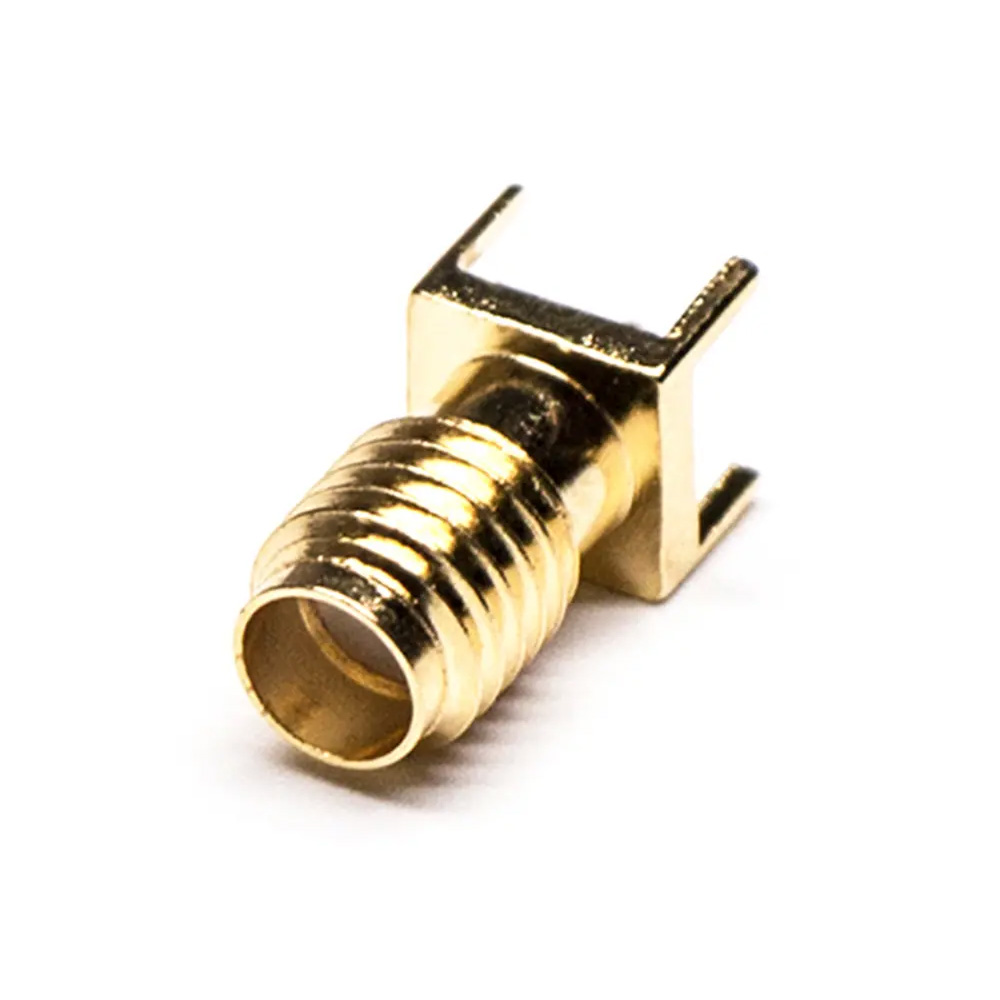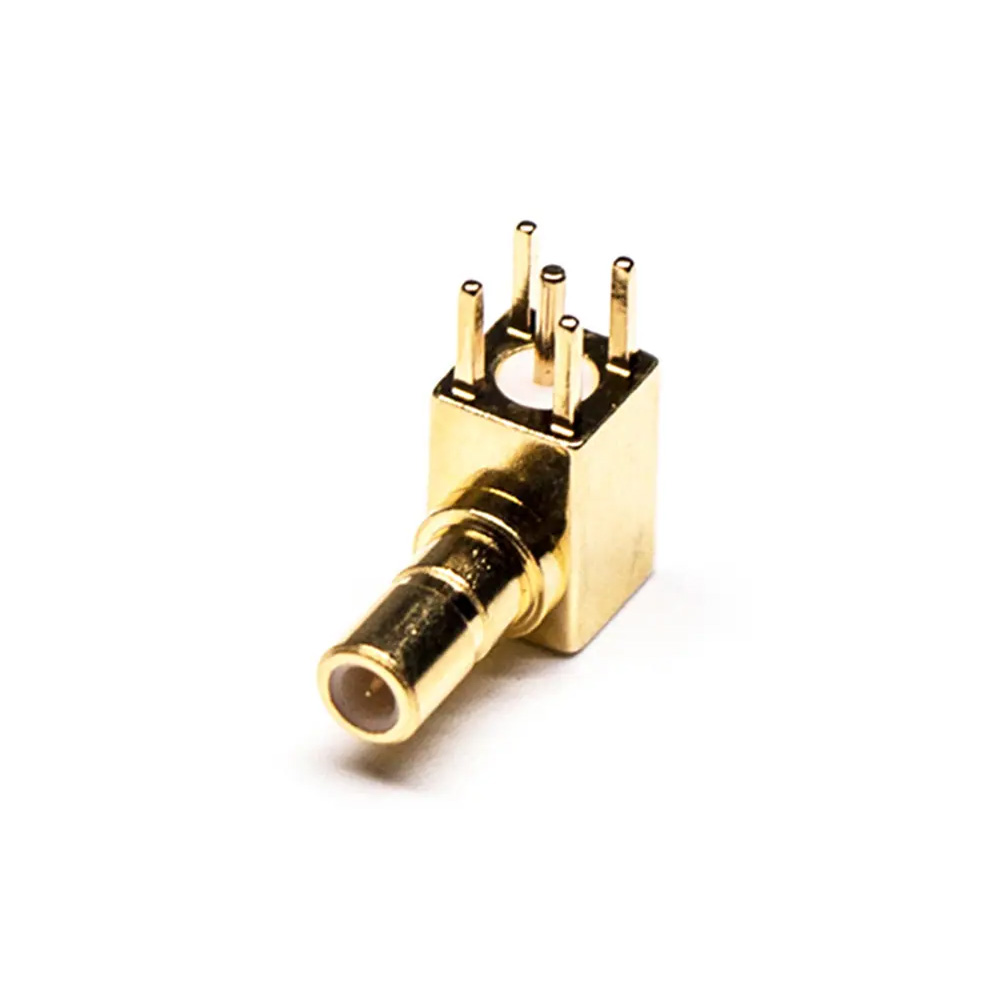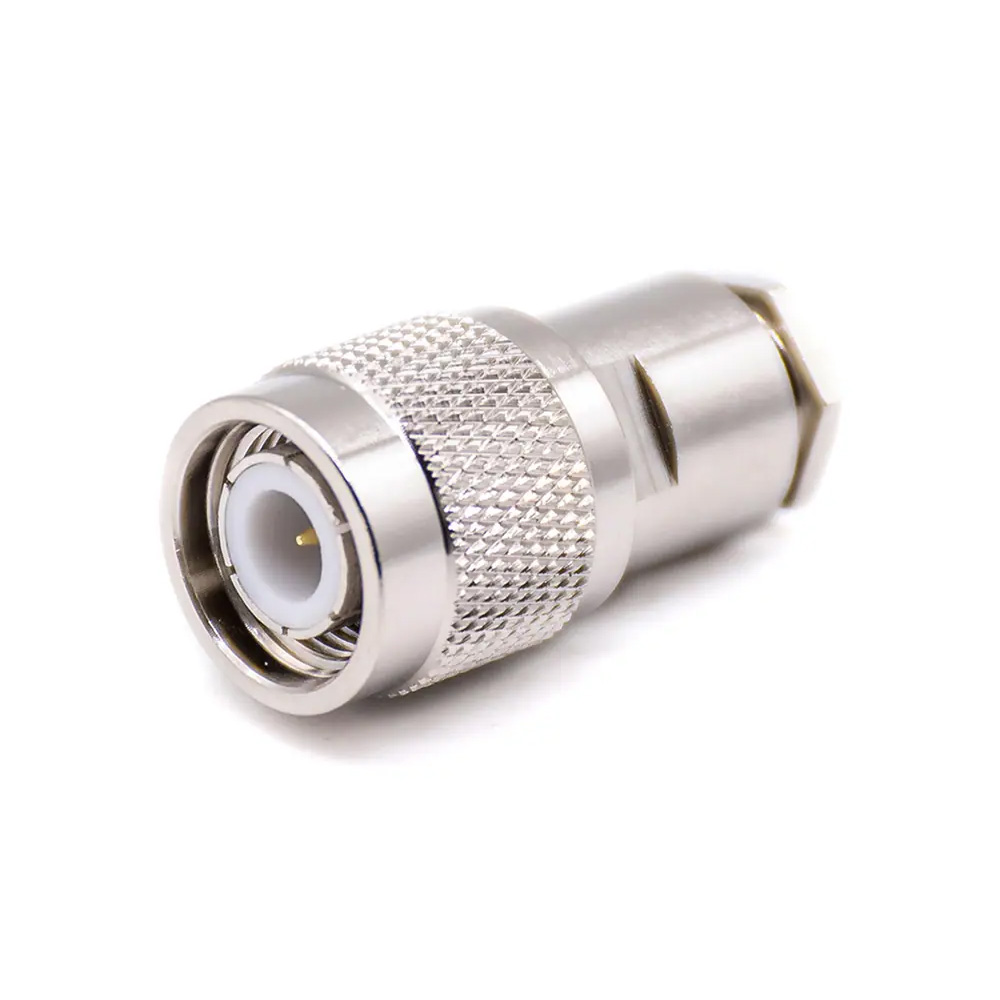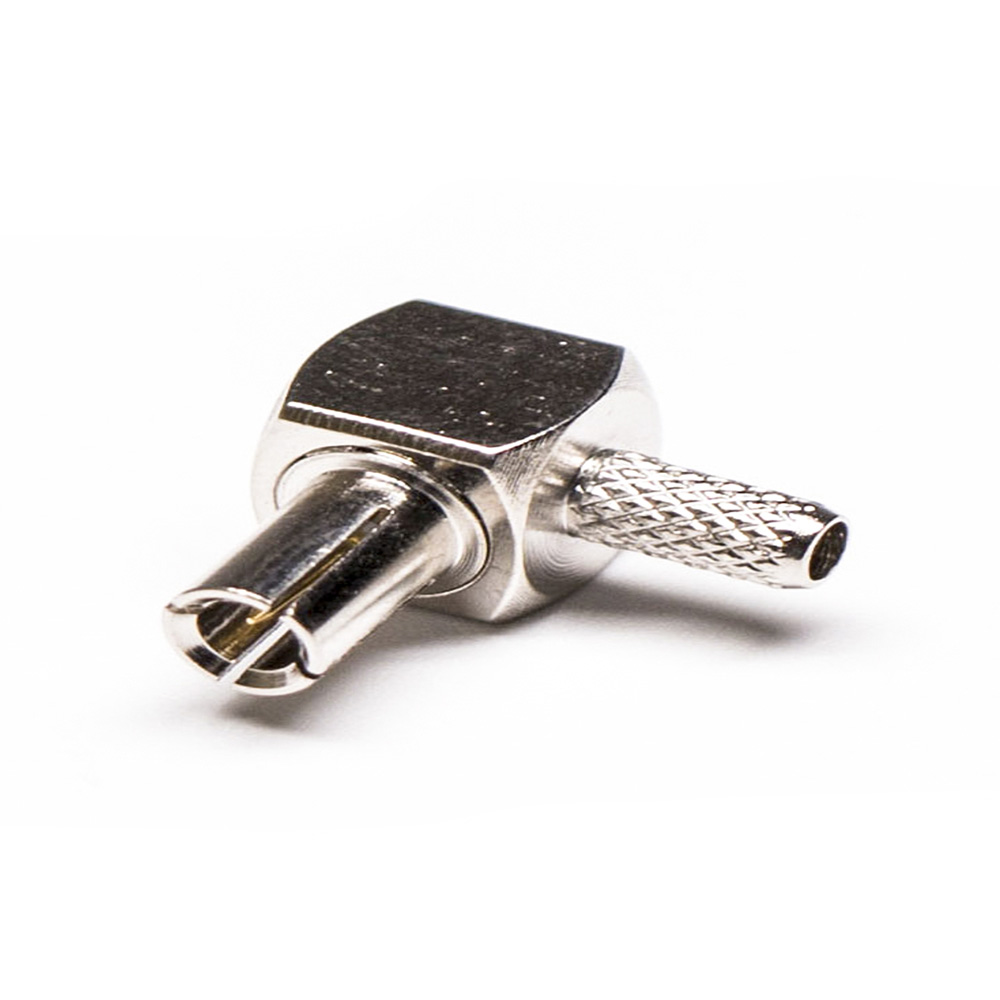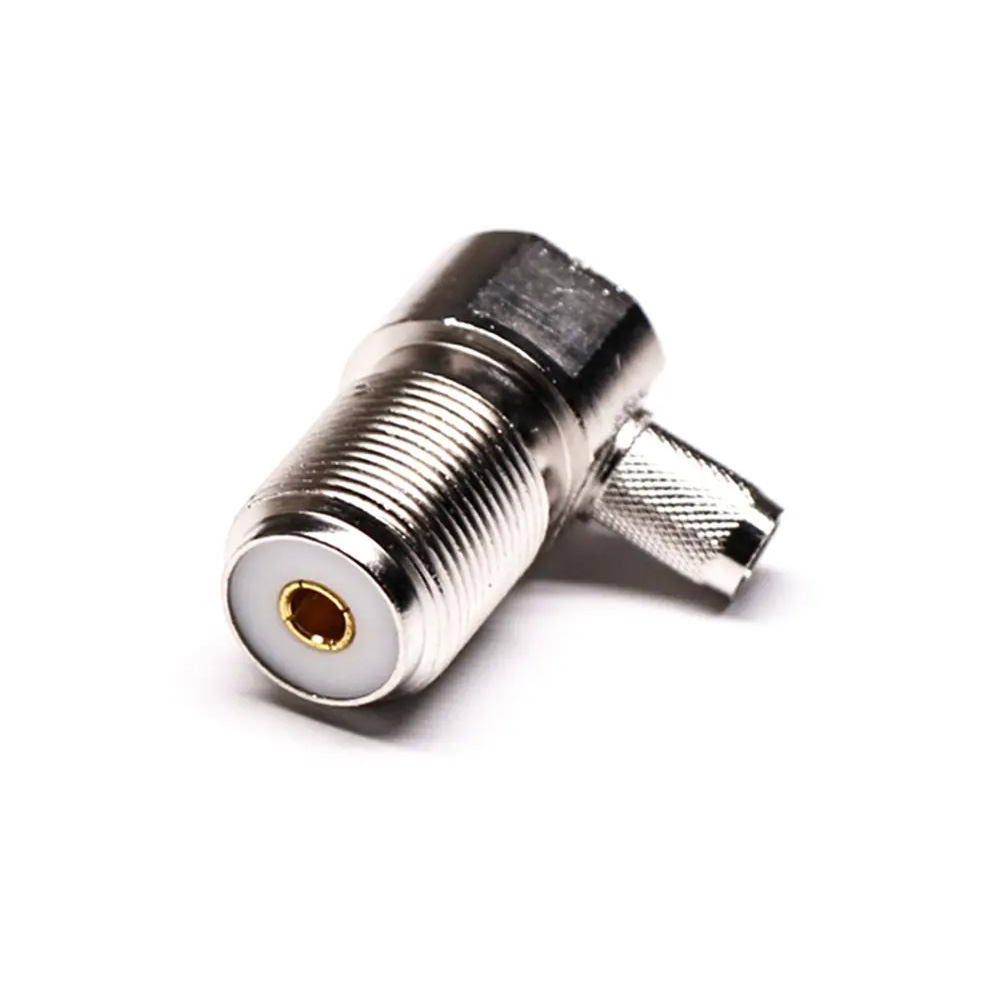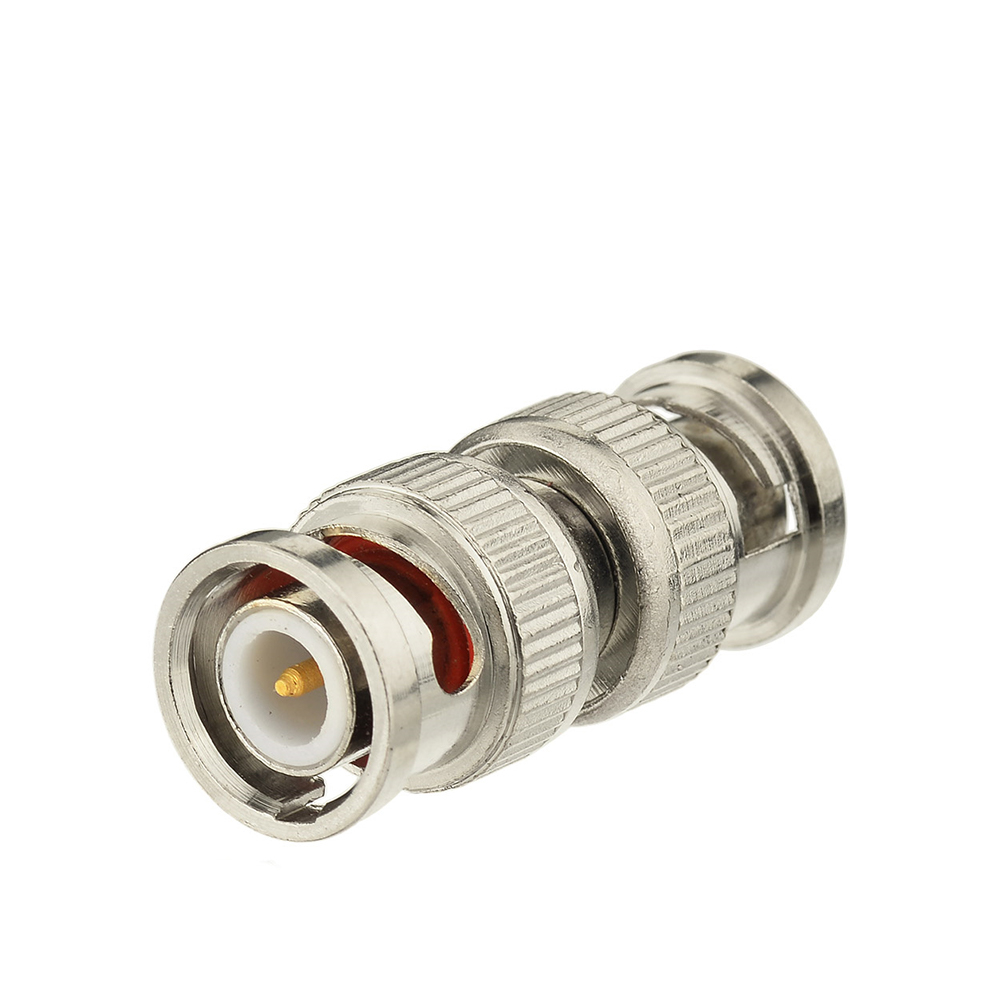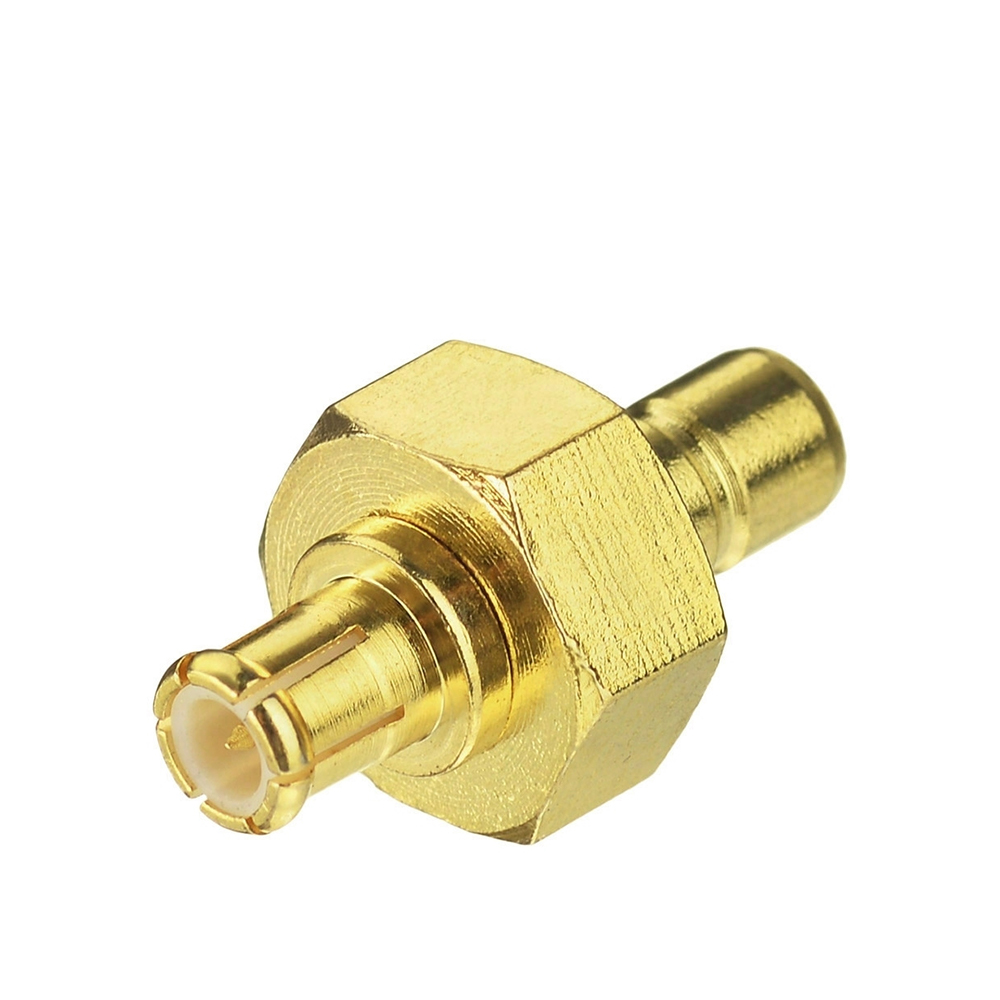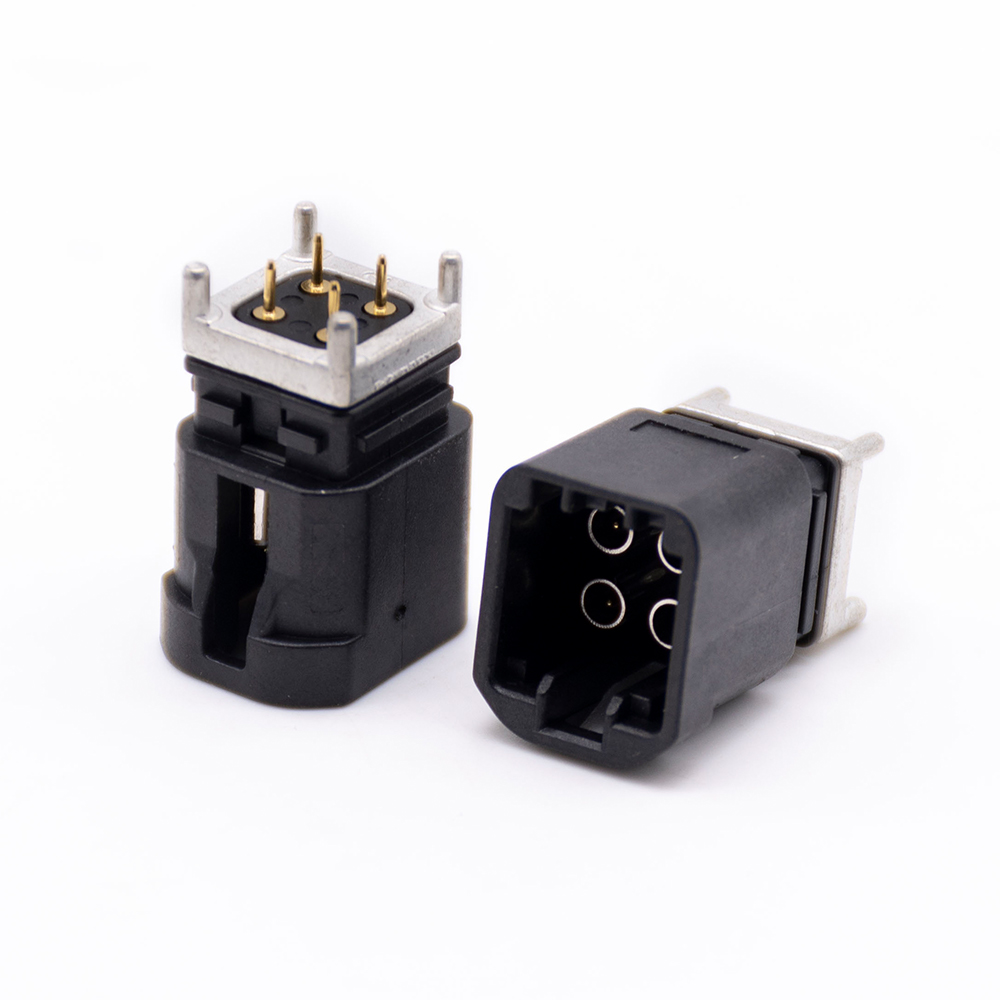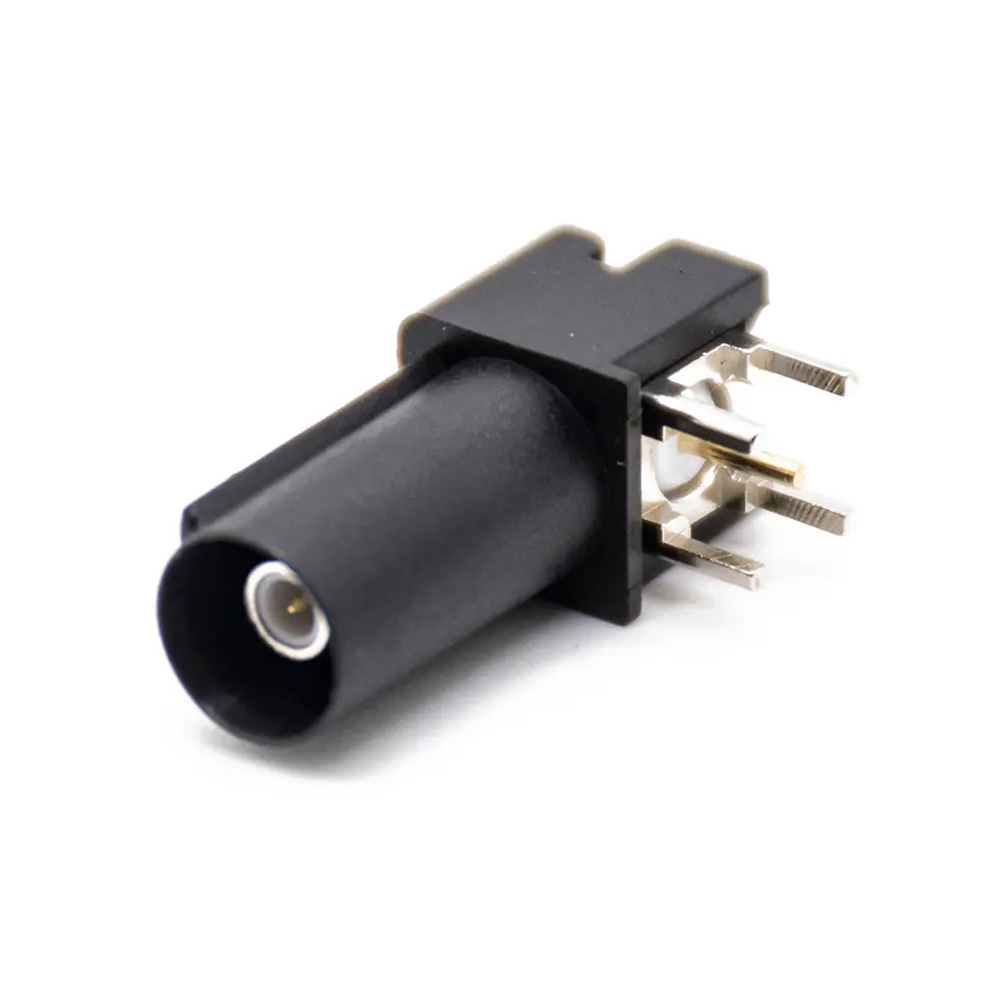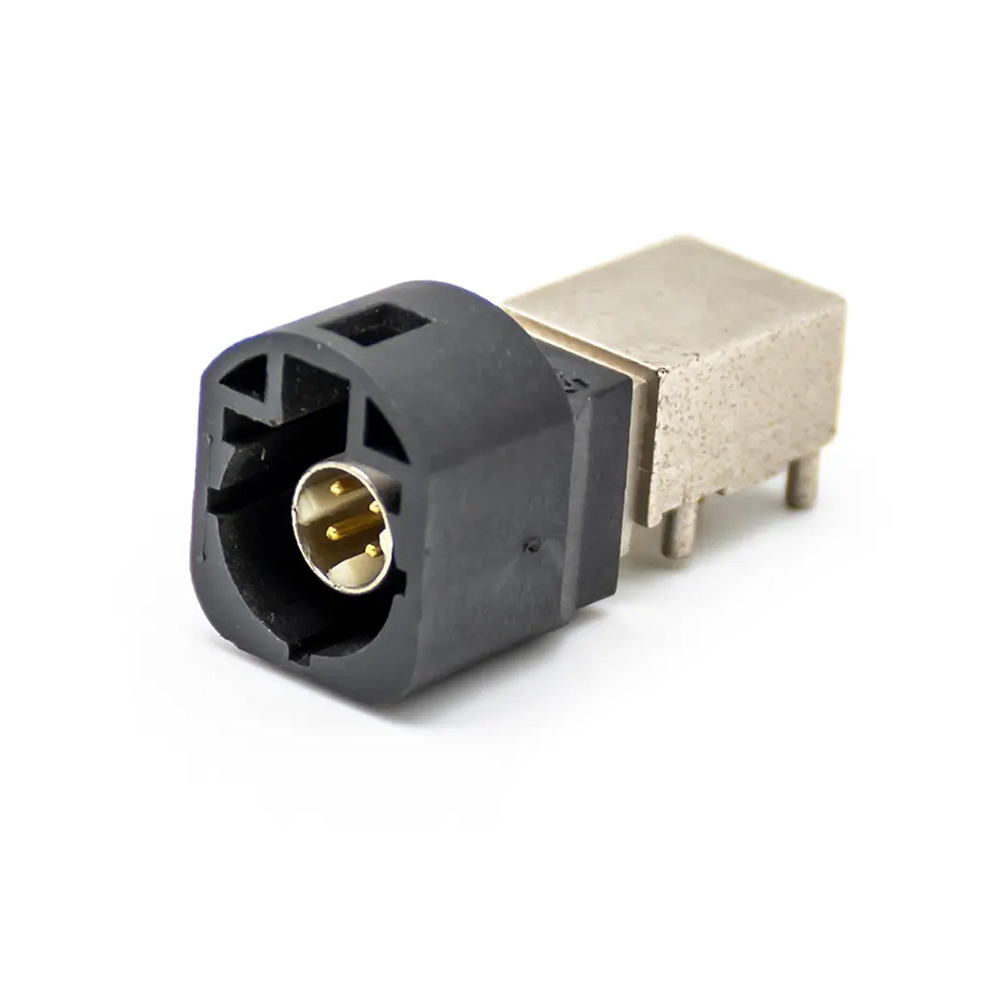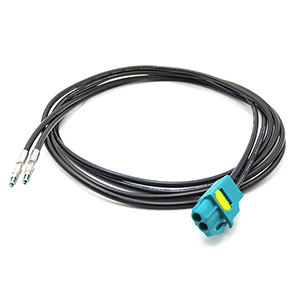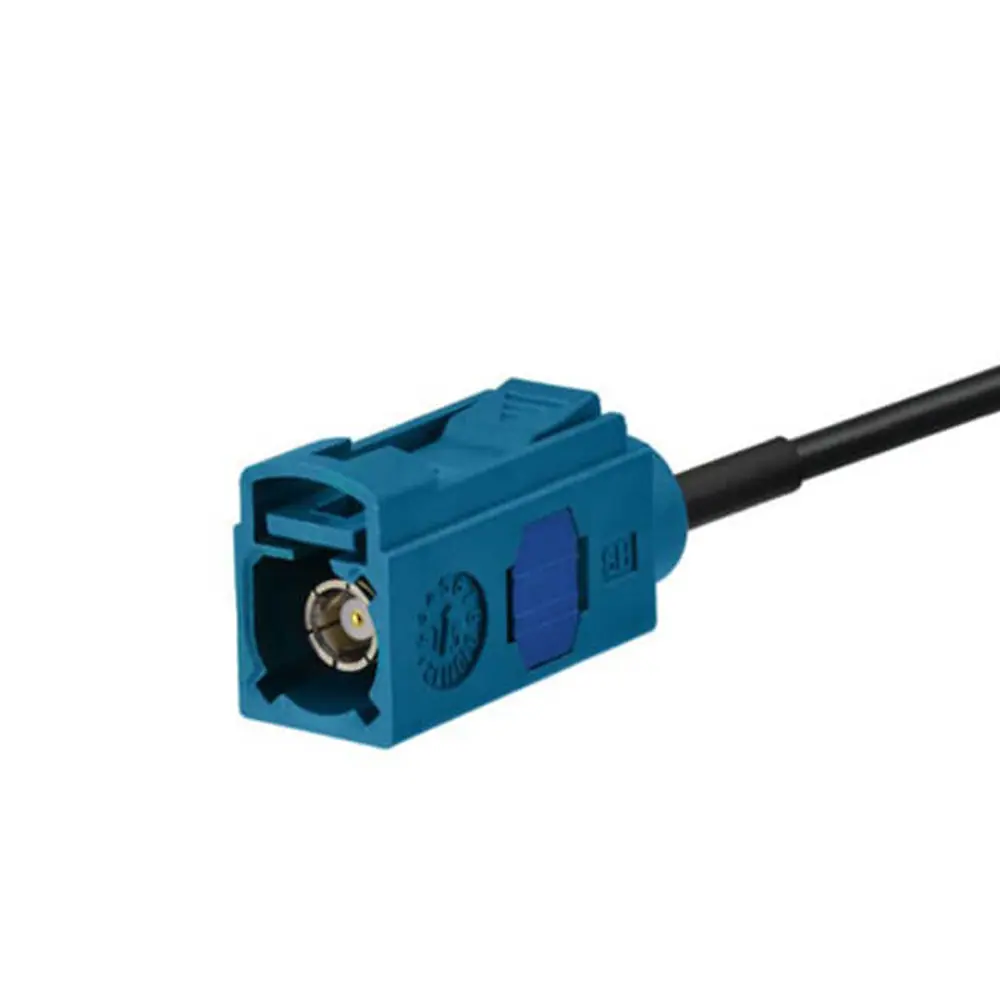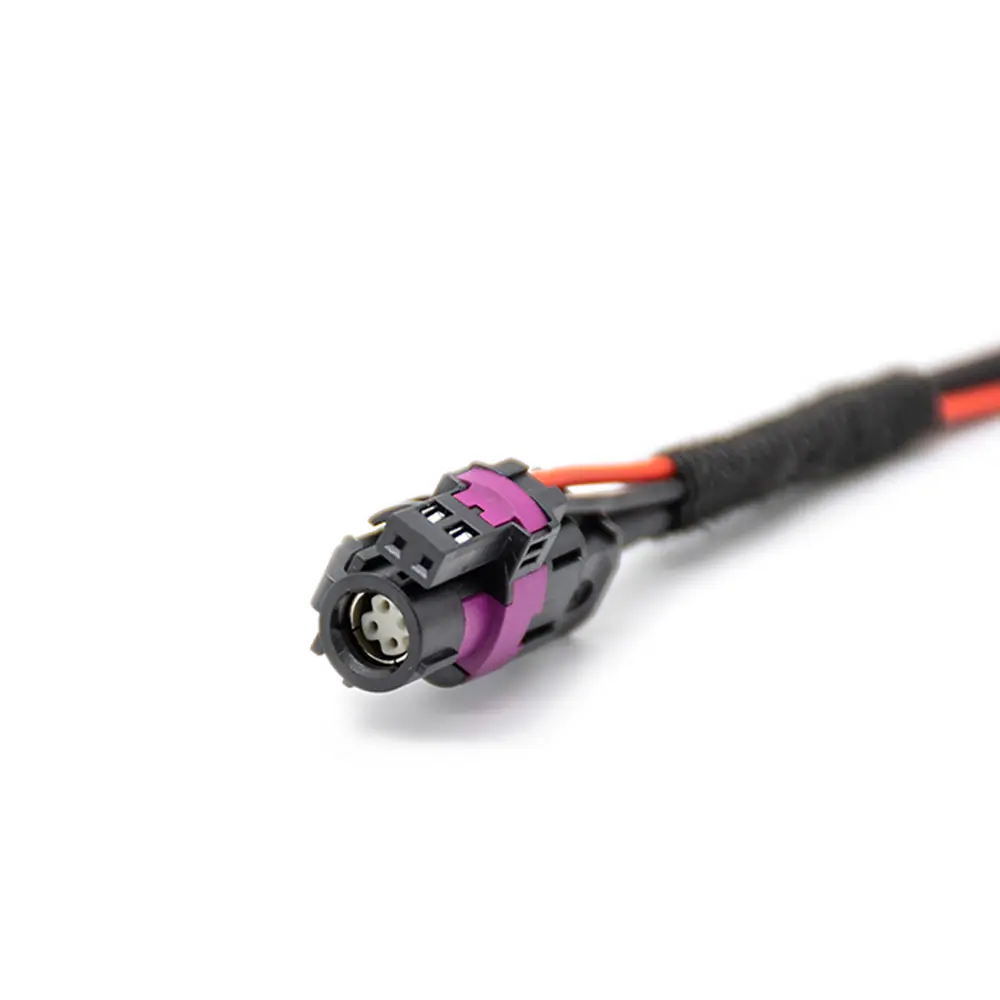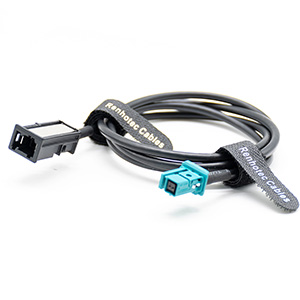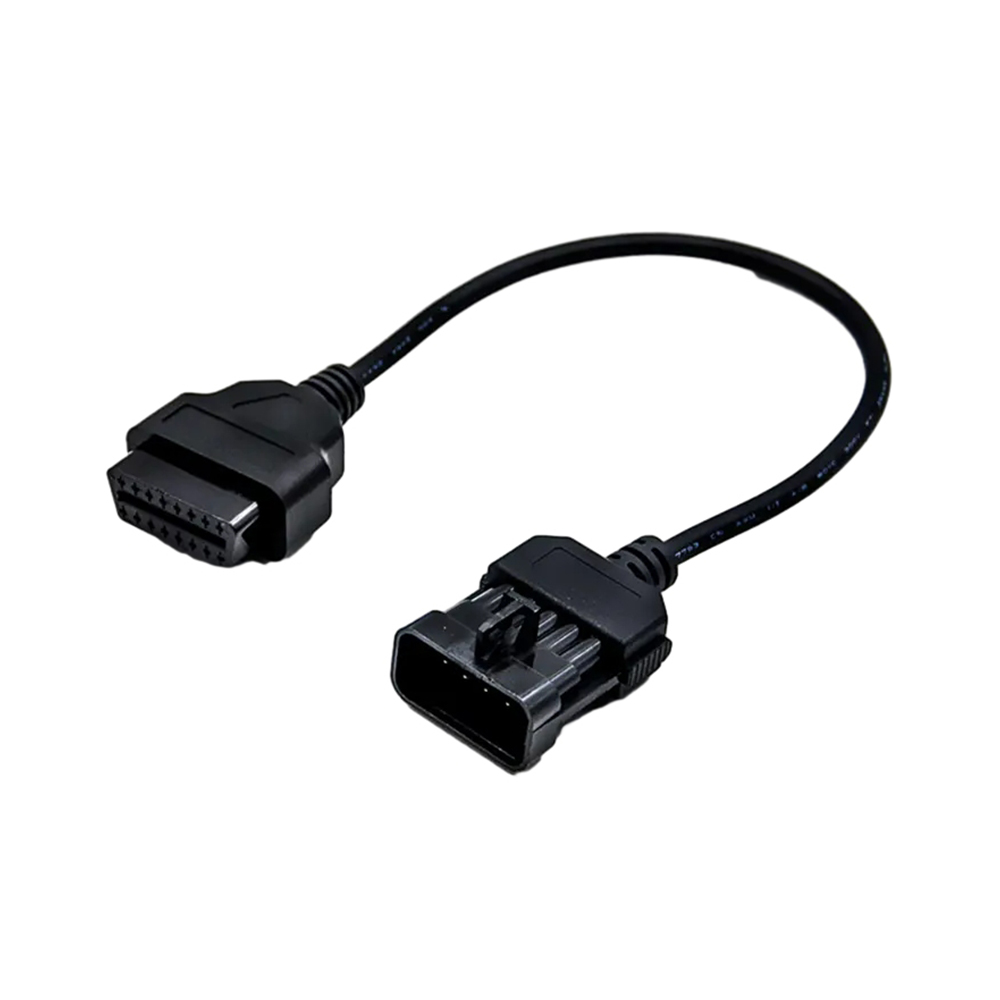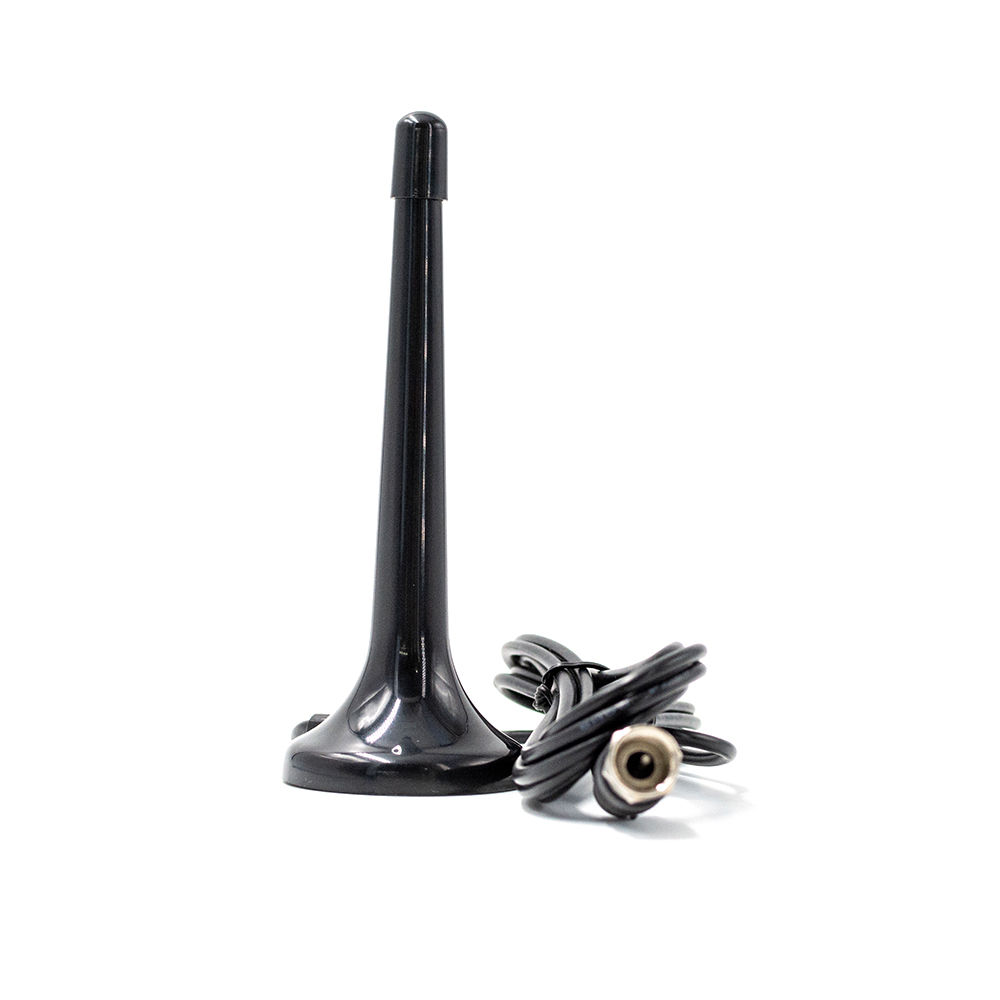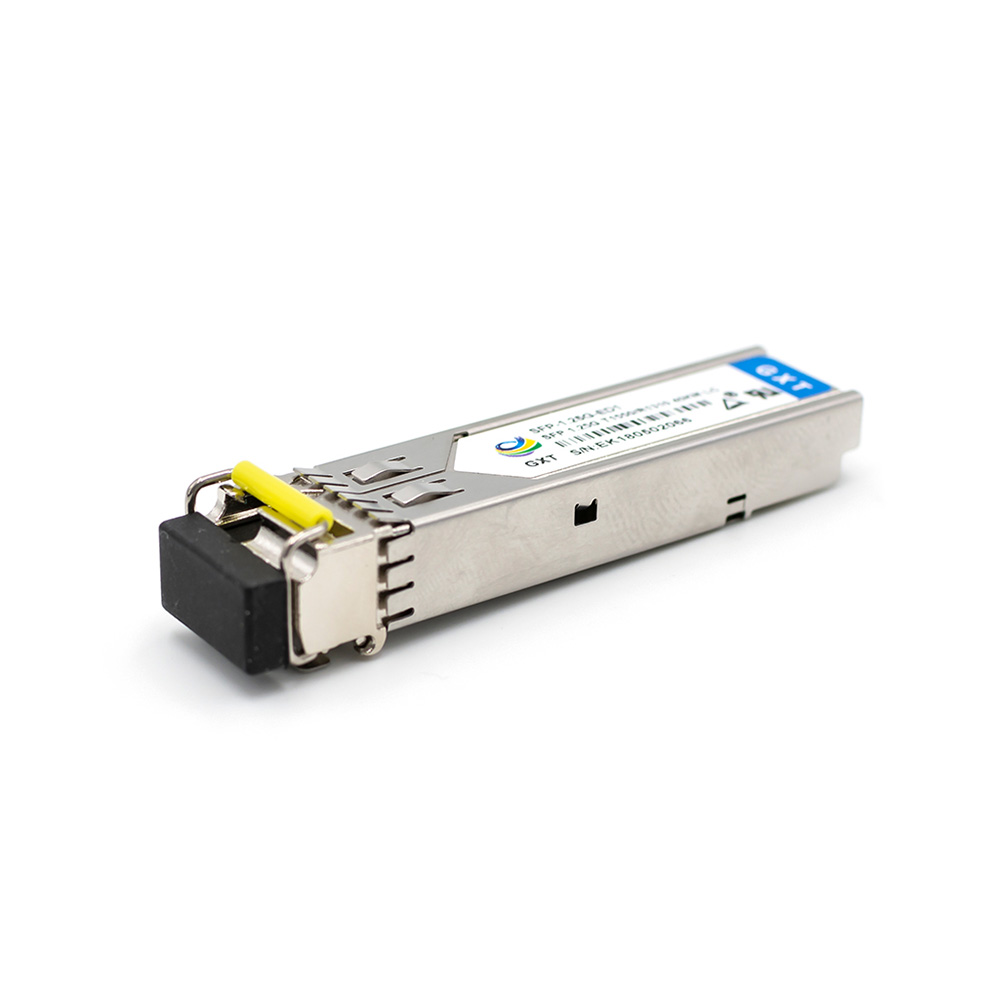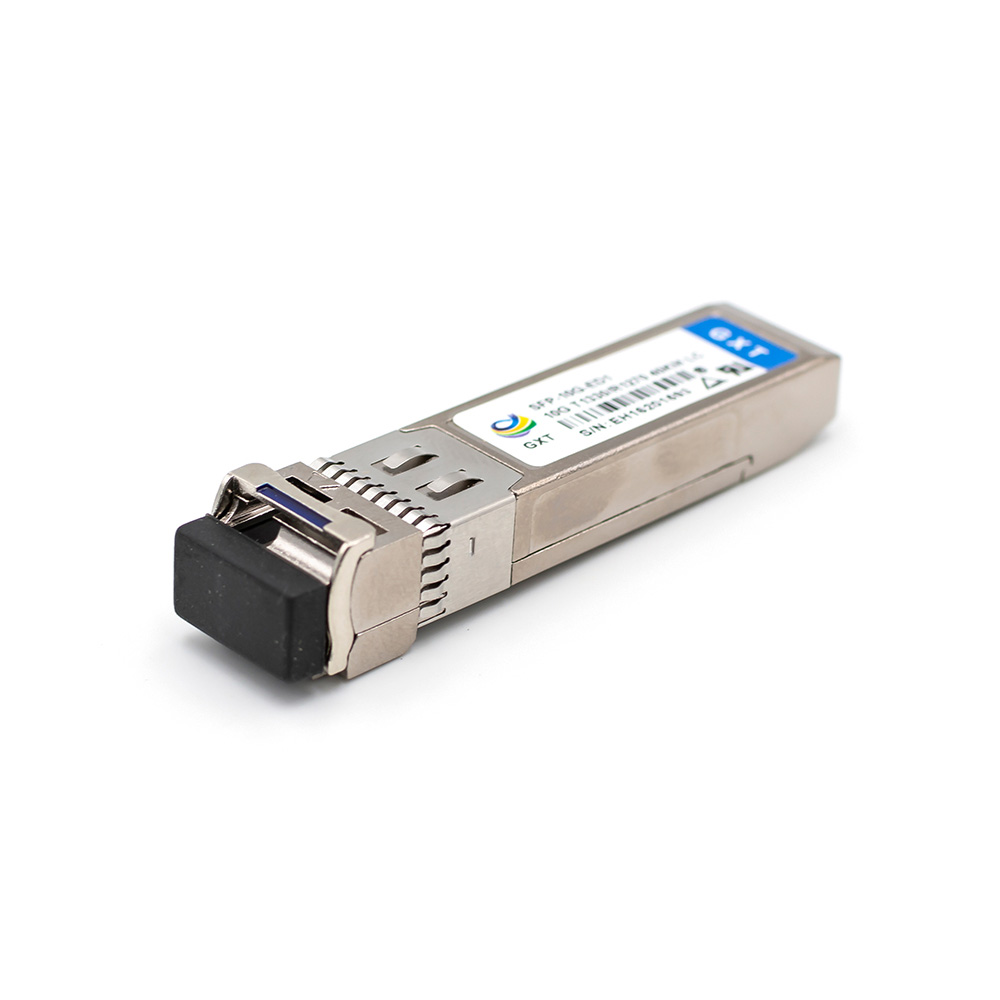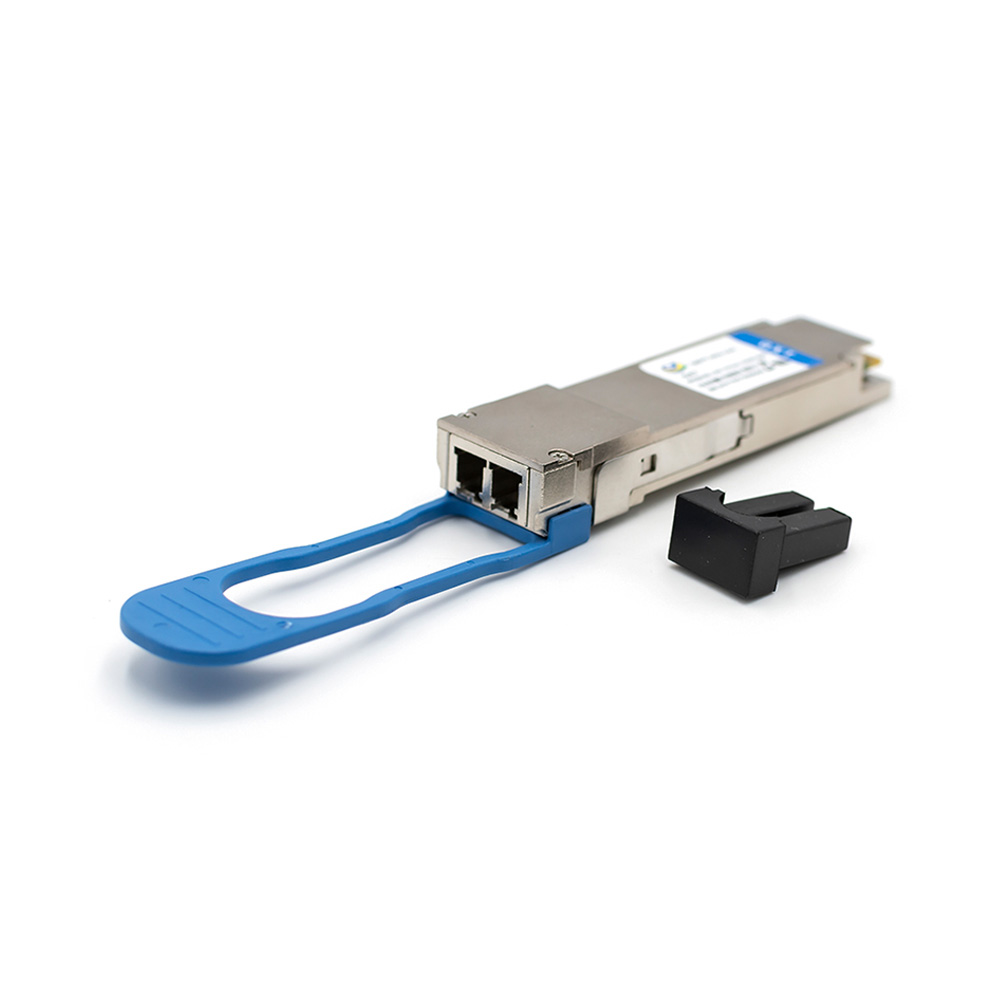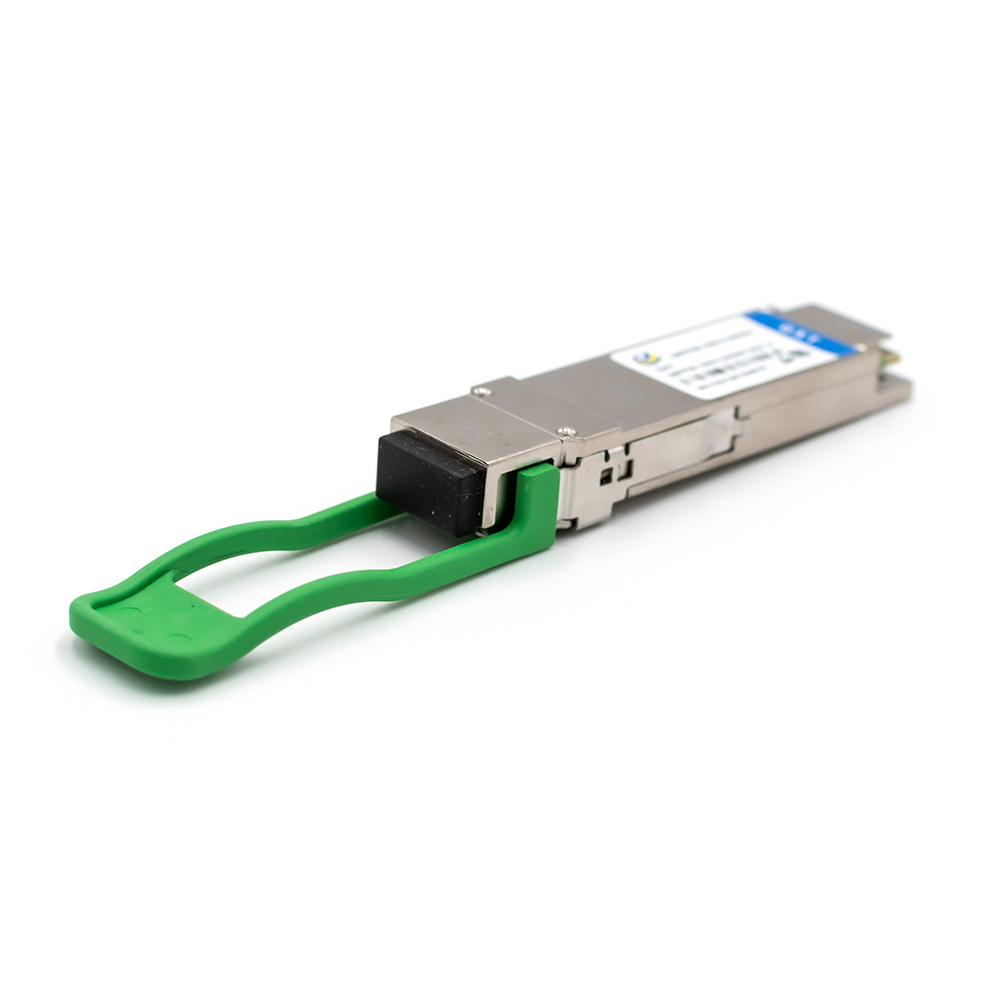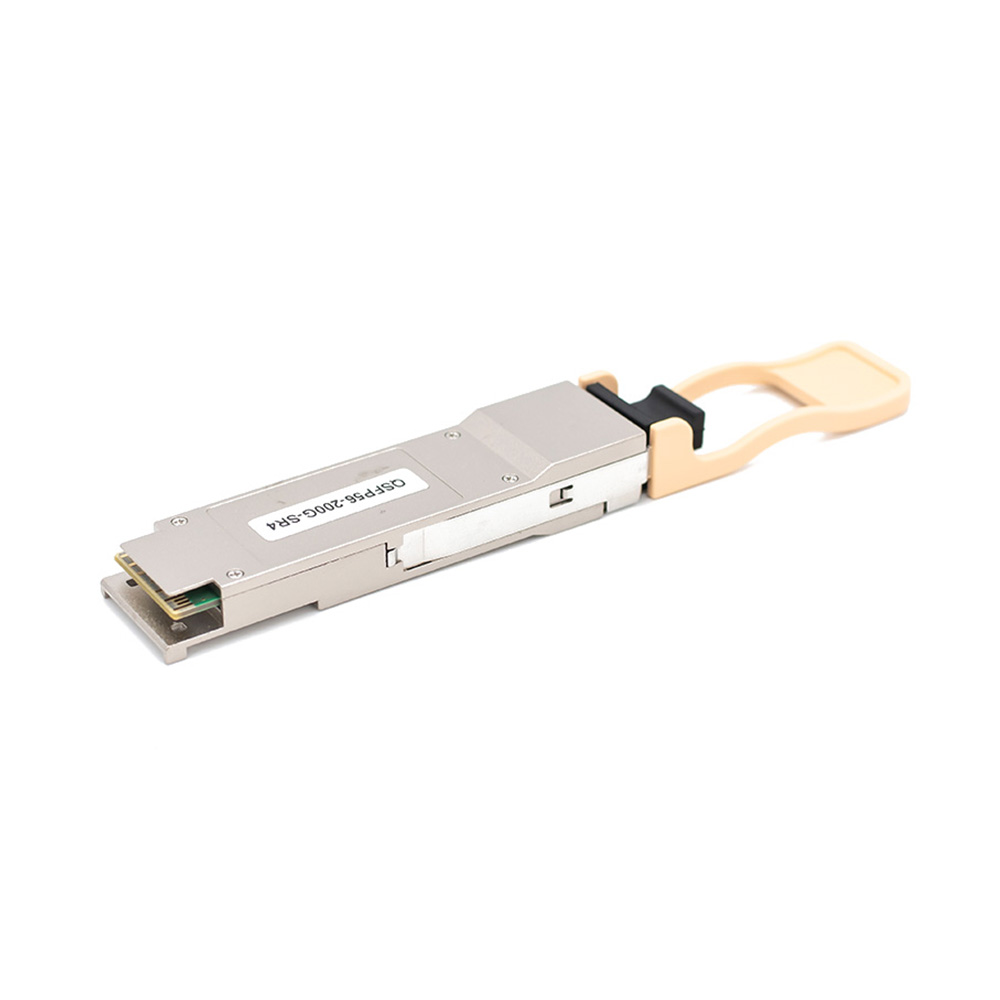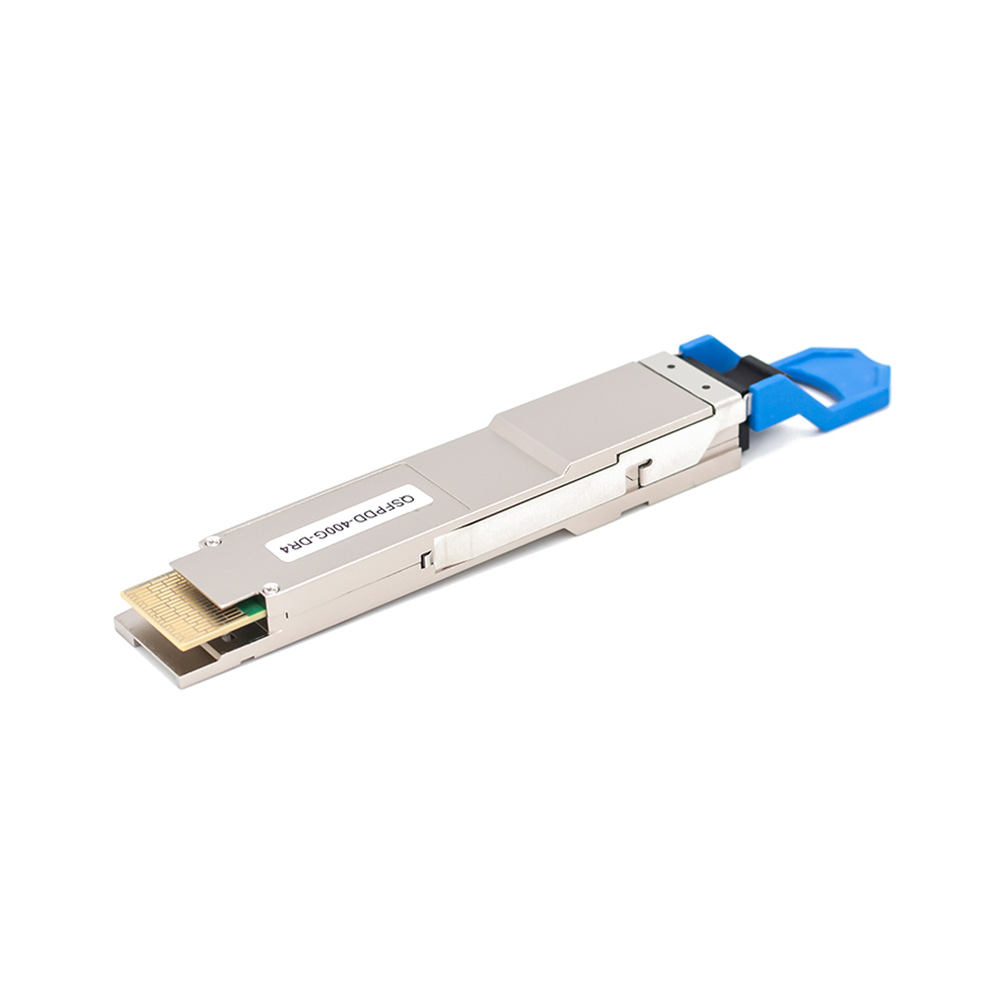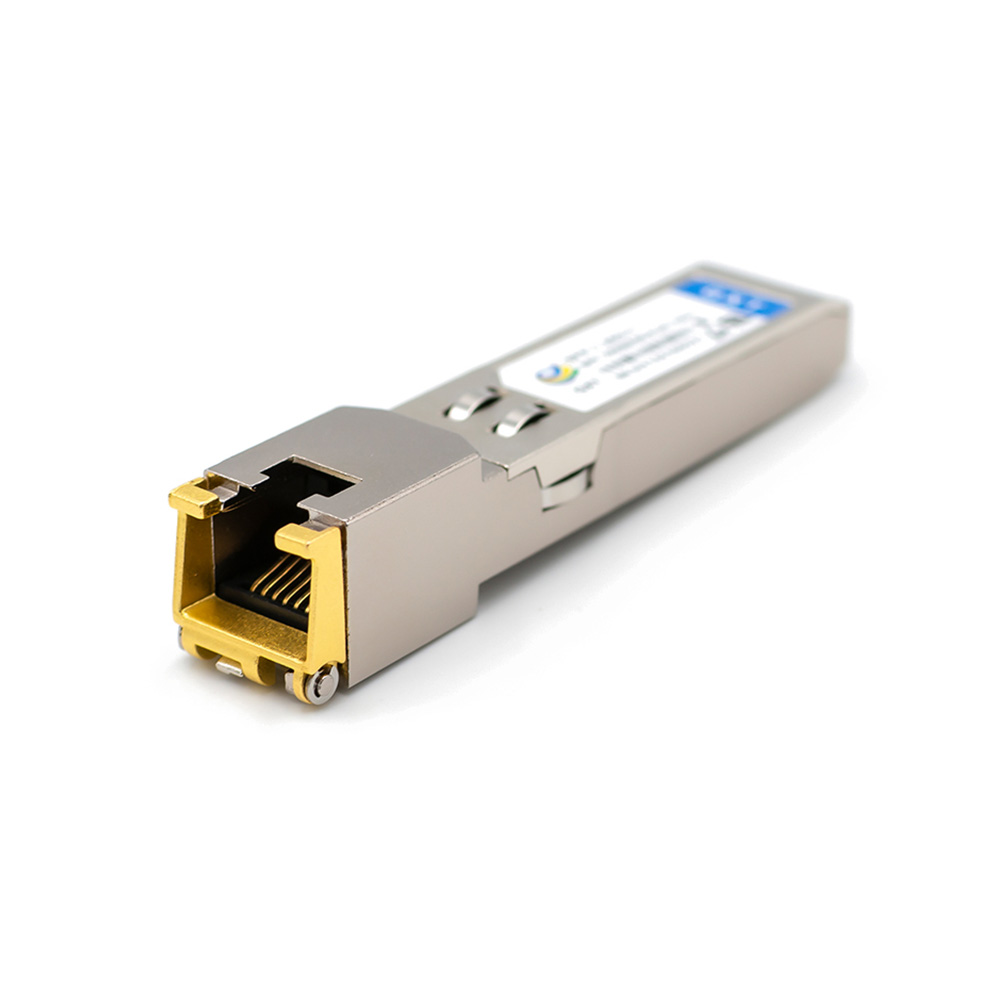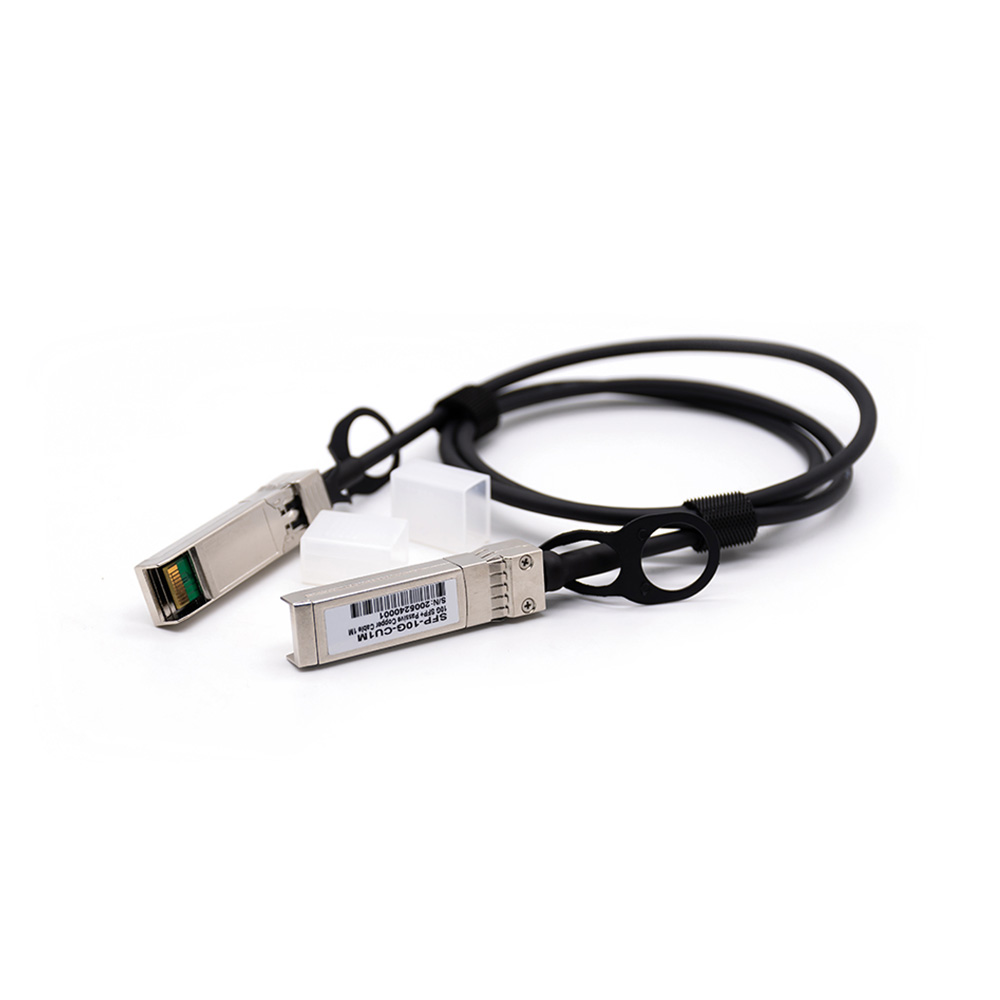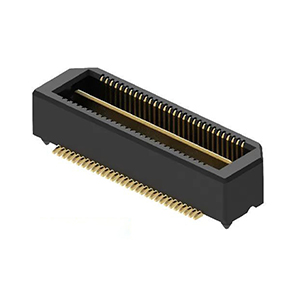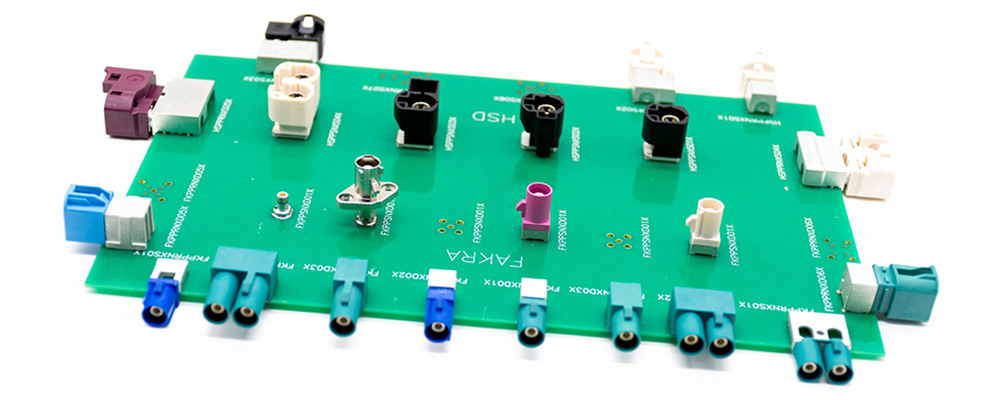Automotive Connector & Cable
Key Differences Between Fakra Connectors and HSD Connectors?
In the automotive field, manufacturers commonly use Fakra connectors and HSD connectors, which differ significantly in appearance, construction, functionality, and range of applications. Understanding these differences is critical to selecting the right connector for the needs of a particular automotive application. Today we will talk about the features and application areas of Fakra connectors and HSD connectors to help you better understand the characteristics and application scenarios of these two types of connectors.
Appearance and Construction Differences
Fakra connectors come in a variety of integration types, including single, dual, and quad dual chambers, usually without a power PIN.
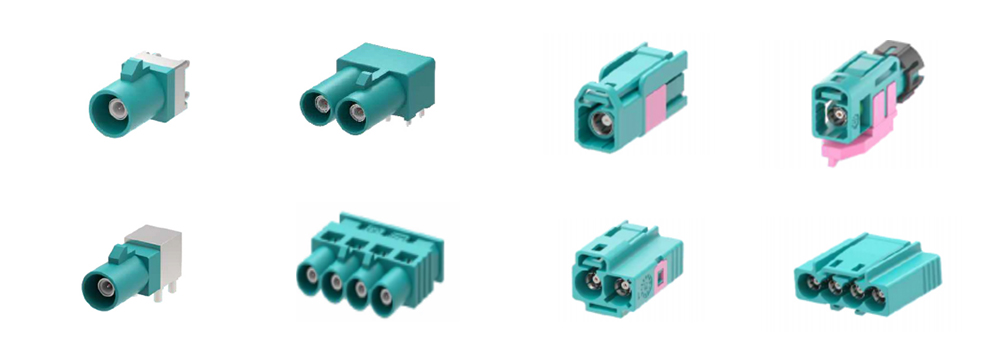
HSD connectors are available in a variety of integration types, such as single/double cavity, straight/curved, waterproof/non-waterproof, and special +2, +4, and +8 (as required) power PIN connectors. A separate power PIN is available for high current supply.
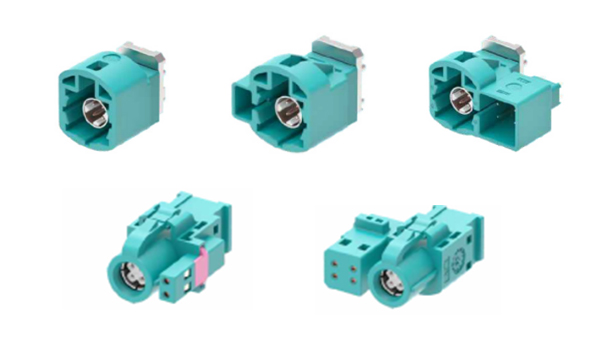
Functional Difference
Fakra connectors follow the German antenna standard and were originally used for signal transmission with RF characteristics, such as video, navigation, etc.. Their RF frequency is up to 6 GHz.
HSD connectors are mainly used for high-speed data transmission, such as in-vehicle infotainment systems and camera interfaces.
Lorem ipsum dolor sit amet, consectetuer adipiscing elit, sed diam nonummy nibh euismod tincidunt ut laoreet dolore magna aliquam erat volutpat.
Applications

The main applications for Fakra connectors are:
- In-car navigation systems: connecting GPS antennas to ensure accurate positioning and navigation.
- In-vehicle entertainment systems: connect satellite radio and terrestrial digital audio broadcasting (DAB) antennas to provide a high-quality audio and video experience.
- In-vehicle communication system: supports in-vehicle phone, WiFi, LTE and other communication modules to ensure smooth communication between the vehicle and the outside world.
- Remote Sensing and Control System: provides signal transmission support for Tire Pressure Monitoring System (TPMS) and Remote Start System.
- Advanced Driver Assistance Systems (ADAS): such as distance control radar and rearview camera, providing core data transmission functions.
The main applications for HSD connectors:
- Automotive camera systems: connecting automotive cameras and transmitting high-definition video signals.
- Information and entertainment systems: transmitting audio, video and data to enhance system functionality and user experience.
- Advanced Driver Assistance Systems (ADAS): connecting sensors and control systems such as radar, LIDAR and cameras.
Cable Connection Differences
Fakra connectors use coaxial, single wire and single core 50Ω cables.
Manufacturers typically use HSD connectors with four-core or shielded twisted pair cables (100Ω compatible).
By understanding these differences, you can better select the right type of connector for your needs to ensure optimal performance and functionality for your specific application.

